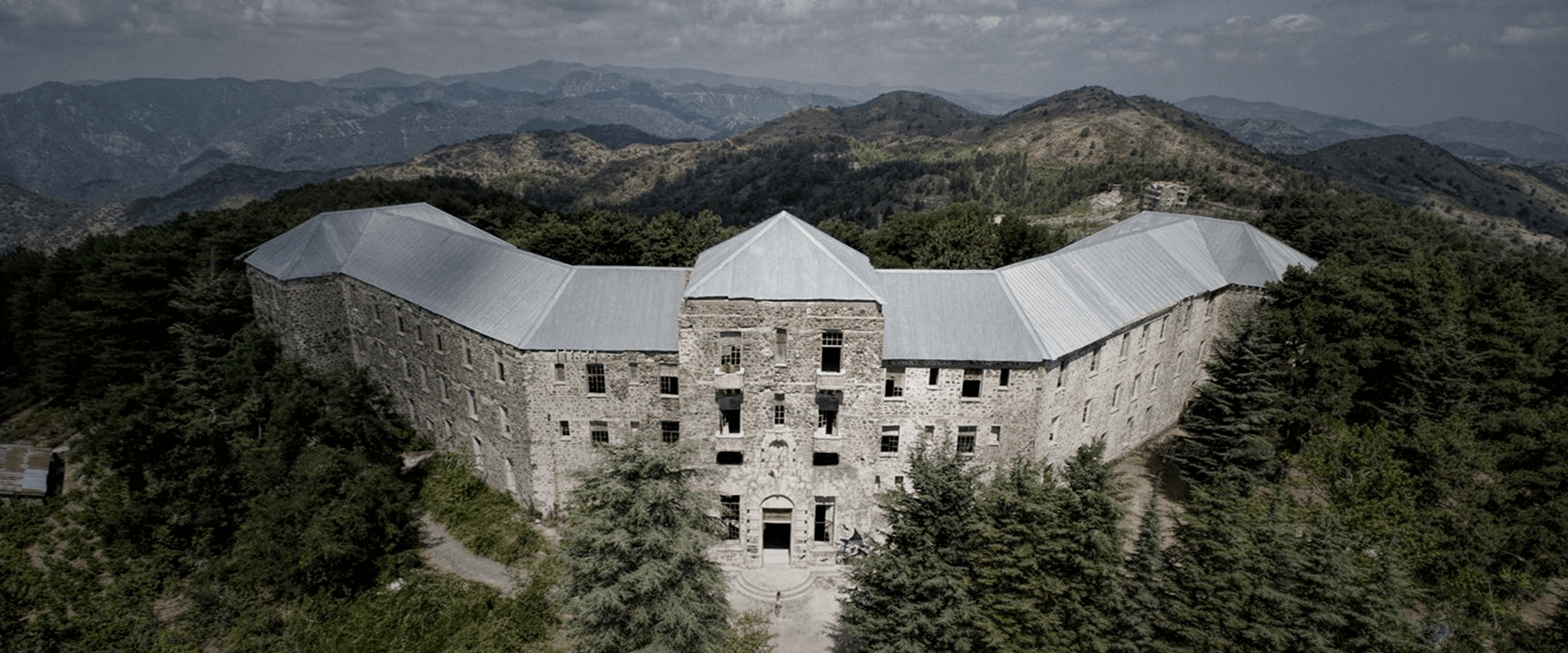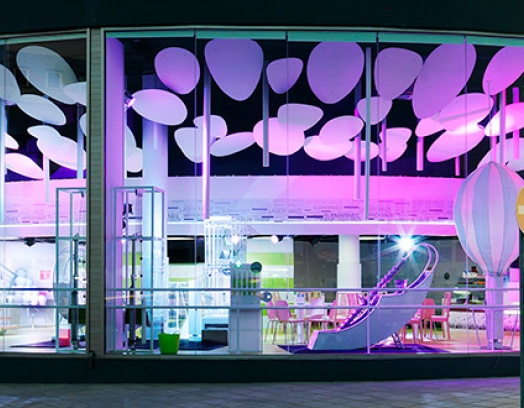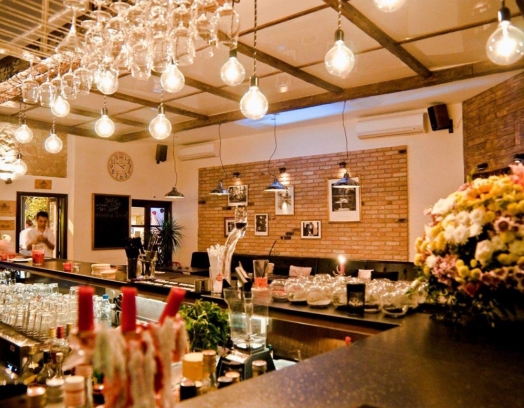All our reviews are usually about useful and serious facts about Cyprus, even though a special «dark» side of life on the island, which is so often mentioned in legends, stories and tales told by those who believe in magic, is also worth sharing.
We were inspired by some of these stories and legends, and decided to write a special review dedicated to all the mysterious things in Cyprus: hope you will enjoy reading and get interested in the places we are going to describe below.
Be ready to read about spiritual power spots, a sea monster and its freshwater «brother», and an unsolved mystery of an abandoned hotel. There also will be sad stories about deserted villages and a ghost-airport, or a Shakespearean tragedy, coming to life in a Medieval castle…
Ayia Napa sea monster (Auli)
A popular tourist attraction in Ayia Napa is sea tours, during which one may encounter a mysterious creature that is believed to inhabit one of the underwater caves and, according to the tales, looks very much like the Loch Ness Monster.
Not many people had a chance to meet it, but everybody knows where it lives: not far from the Cape Greco...even such local newspapers as Cyprus Weekly publish stories told by people who claim to have seen it. At the same time, there are no photographs or other documented evidence of its existence.
This story begins in the ancient past, when even the sea-floor relief was different from what it is today.
What do we know about the monster? Some people say, that it has several heads and numerous limbs (the best time to remember a myth about Kraken, or Scylla, that liked to live close to the rocks). But more often local fishermen talk about how much the monster resembles Nessy and looks like a prehistoric Plesiosaur.
It’s in a funny way remarkable that those who have come across the monster speak about its friendliness: the creature is said to appear from a distance, attracted by fish caught in a net. This is why locals call it «To Filiko Teras» — a friendly monster.
Some sceptics claim that the monster is «just» a very large sea snake, or — according to one of the social network's users — a giant runaway crocodile (can they even stay for long in seawater?). I do not know about our readers but, to me, a friendly and playful monster seems nicer than an oversized crocodile or a sea snake with unclear intentions.
-
Here are the facts about our monster collectively gathered by the mystery lovers:
- Everybody who has seen the monster point to the same place: Ayia Napa surroundings.
- There is no information about the creature attacking people, but, from time to time, fishermen nets are found damaged or moved to another spot.
- The main evidence that proves the existence of the monster is stories told by locals and even tourists.
- There is no photo or video evidence, except unchecked one-reelers and blurred photographs.
- One of the Destination Truth episodes (episode 13, season 4) on SyFy TV channel was dedicated to the search of the monster.
- Numerous ancients sources and authors (for example, a Roman writer Gaius Julius Hyginus) describe a creature with a giant body, a snake tail, 6 dog heads and 12 limbs. The same figure was a popular theme in vase painting of the time.
- It’s known that Cyprus officials are interested in serious investigations concerning the Ayia Napa monster.
If you enjoyed reading this, here is something you might want to know about the Nessy #2, another local «tourist attraction»...
A mysterious creature from the Kouris dam next to Limassol
The rumours persist that either a giant reptile or another sea creature is hiding at the Kouris dam next to Limassol, which is, by the way, the largest on the island. This creature has been spotted by different people at different times, starting from year 2005. Some people believe that it is most likely a large crocodile that had been kept somewhere as a pet and illegally set free in the water reservoir. It is possible, that the author of this version is the same old sceptic, but there definitely is logic in it: it is widely known that not only zoos with exotic animals, but also unusual pet lovers are quite widespread on the island.
Some of the stories about the Kouris dam creature were published at Famagusta Gazette (the issue of October 27th, 2008, Reuters). One of the witnesses, interviewed by the newspaper, says: «I have seen it with my own eyes, and it was not a mistake». How can one not believe it?
Nevertheless, the existence of the monster has not yet been proven. Ministry of Fisheries and Marine Affairs admitted that the officials are interested in investigating the rumours, adding that it is possible that some kind of a sea snake lives in the reservoir. It was also reported that the attempts were made to lure the creature out of the water using chicken and raw meat as a carrot. Savvas Savva, a leader of a local community, once said, that if the creature will be caught it will become a major tourist attraction and it will be necessary to build a special construction where it «will be kept».
The dam was built to provide the territories around it with water. There is a fish farm at the dam, where different types of edible fish are breed. The water is quite hard, its temperature throughout the year is from 8°C to 27°C.
The monster has not been caught or even discovered but many people already have big plans for it. If you decide to go and see the dam, you are not likely to regret it anyway: this a very beautiful place to spend some time fishing and resting.
Do not forget your camera! Who knows what you are to see…
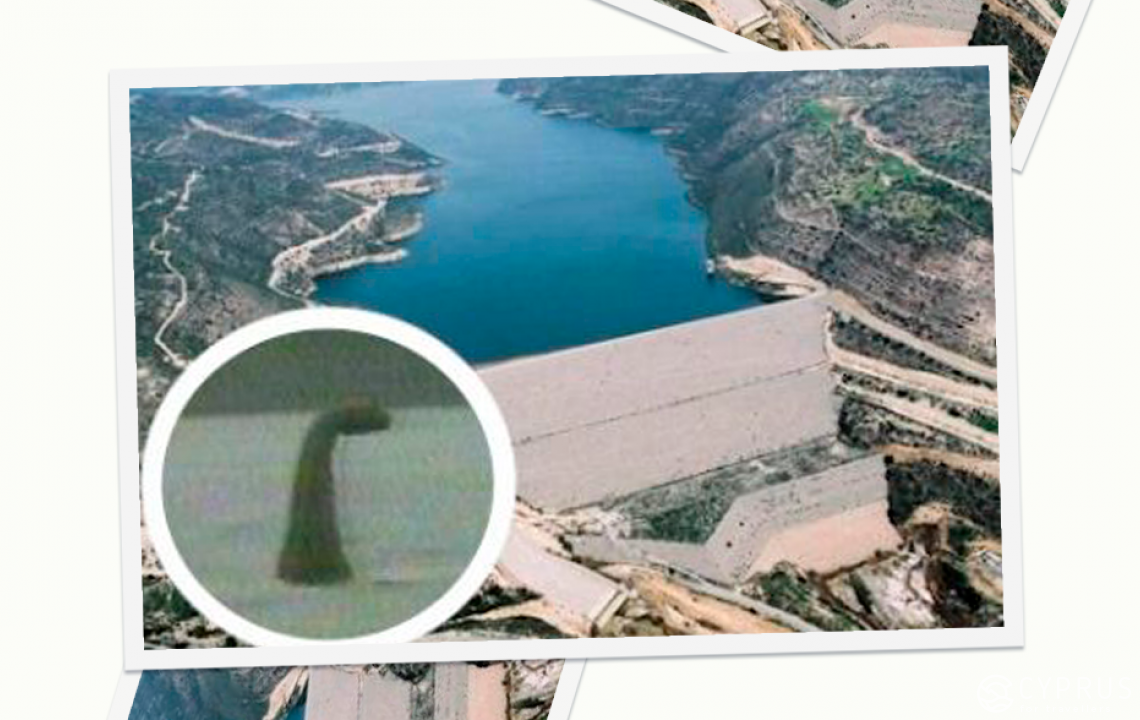
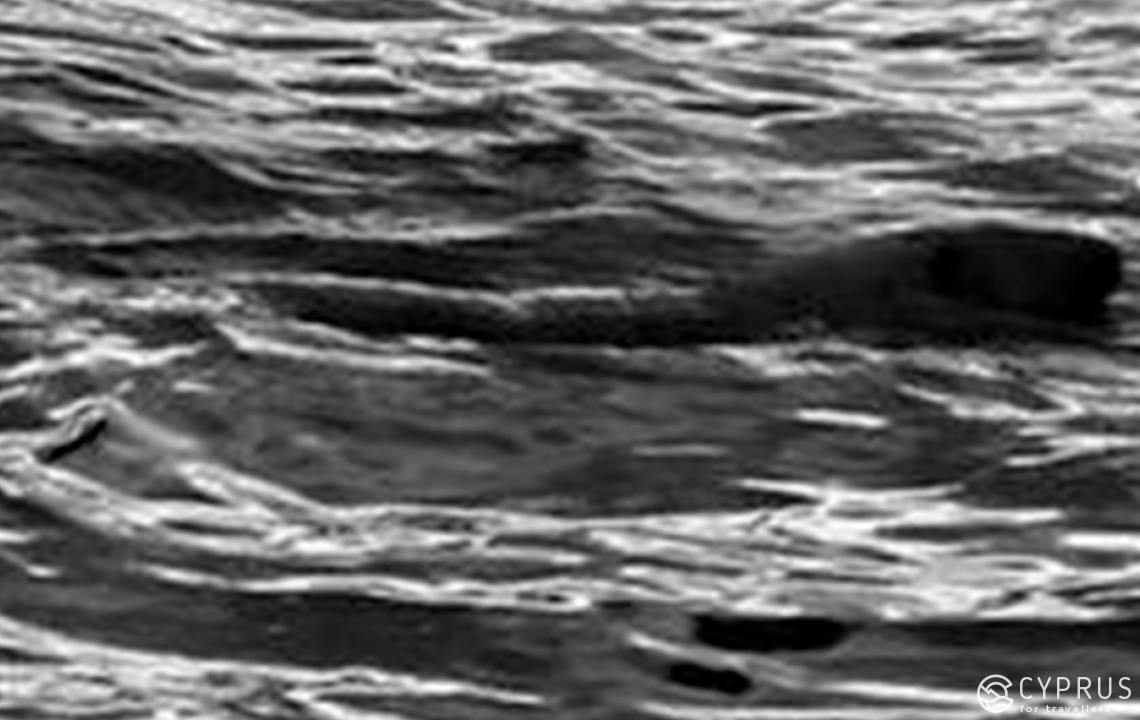
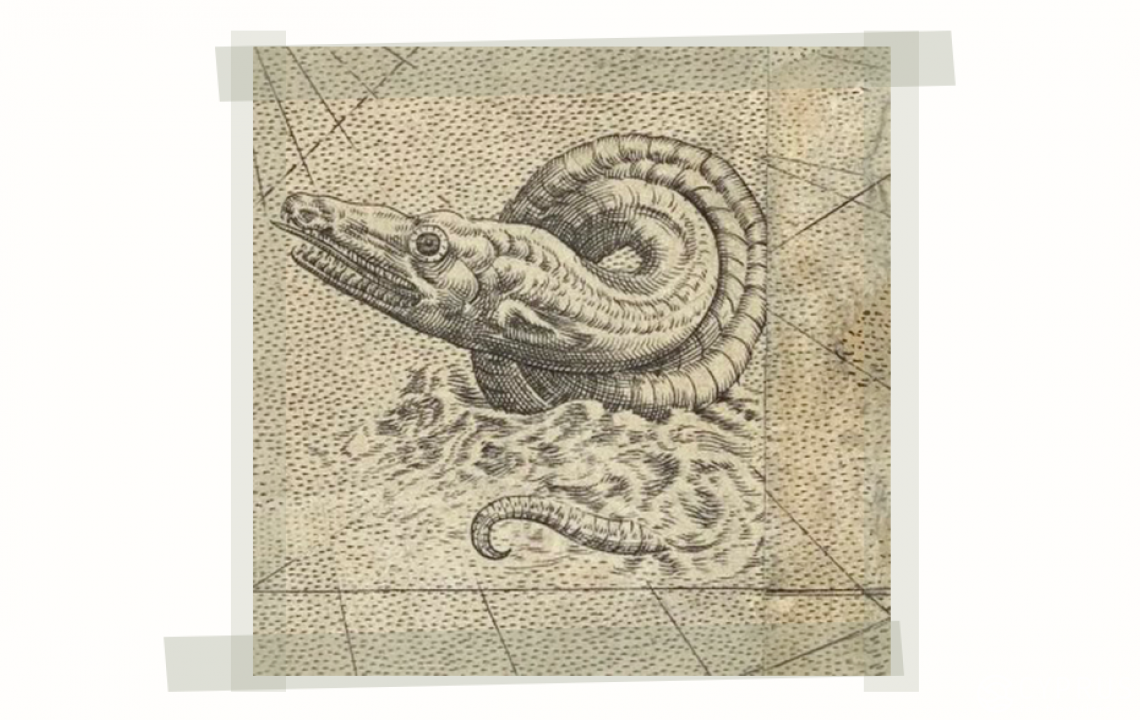
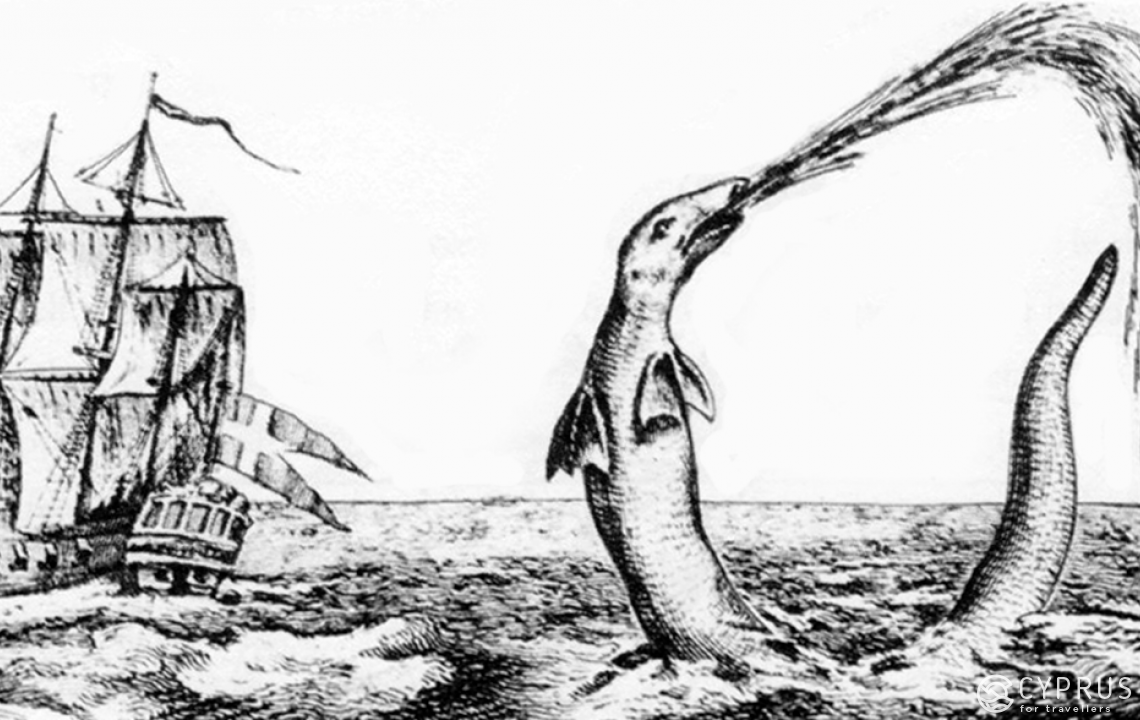
Abandoned Nicosia Airport
The International Nicosia Airport (Διεθνές Αεροδρόμιο Λευκωσίας in Greek, Lefkoşa Uluslararası Havaalanı in Turkish) in 8,2 kilometres to the West from the capital and not far from Lakatamia suburb is almost completely abandoned. It used to be a major traffic centre hosting hundreds of passengers every day — the main airport on the island.
It was built in 1930 (when it was also known as the Royal Air Force station RAF Nicosia) and it was operating fully until 1974 (and to some extent until 1977). At first, it was mainly a military airport (by the way, it still belongs to the British Ministry of Defence), but later it was turned into a passenger airport. The runaway was built in 1939 by Shell and Pierides & Michaelides Ltd. Such companies as Misrair, BOAC, Cyprus Airways and MEA were responsible for the handling of flights.
When the World War II began, Stelios Joannou and George Paraskevaides renovated the airport so that it could serve the war needs the best. In 1943-44 the airport was used by American bombing planes.
In 1949, the Community Service Department of Cyprus sponsored building of the 1st terminal (£ 50 thousand); in 1959, it was extended; the old building was given to the Nicosia Flying Club aeroclub and the airline's offices.
It was planned to extend the airport even more in June 1974, but it was not meant to happen: on the 15th of July, the President of Cyprus Makarios III was deposited by
Greek nationalists. The airport was closed by the rebels and used on the 17th of July to board the Greek forces that arrived in Cyprus to support the uprising.
The next day, the airport became the very centre of chaos: tourists and foreigners rushed there to fly home and leave Cyprus as soon as possible. In a couple days, on the 20th of July, the airport was attacked by Turks, who demanded to shut it down immediately.
In the beginning of 1975, Greek and Turkish leaders met to discuss resuming of the airport operation. They did not reach an agreement, but during the same year, two other international airports were built: one in Larnaca, and one on the territory of the part of Cyprus occupied by Turkey (only flights from/to Turkey). The last commercial flights from the Nicosia airport took place in 1977, and they required a special permission from the UN. The flights were performed by the last three Cyprus Airways planes that were stuck in the airport after the events of 1974. One of them, Trident 2, is now exhibited in the Imperial War Museum in Duxford.
Nowadays, even though the airport is still used by the UN, it became one of many ghost-airports around the world, that were abandoned as the result of armed conflict and natural disasters.
But the gloomy atmosphere around the airport has to do not only with years of decay: even before 1974 some tragedies around the airport were documented, and later terrible fights with the invaders took place within its walls.
International journalists and UN members who work on the territory of the abandoned airport describe truly post-apocalyptic views: rusted planes left on the wrinkled asphalt; sand and dust covering all the inside spaces, sagging ceilings, and steel wire everywhere.
Here is the list of the incidents and catastrophes of the Nicosia Airport:
- On the 3rd of March 1956, Handley Page Hermes aeroplane (Hermes IV G-ALDW, operated by Skyways Limited airline) was destroyed by a time bomb hidden in the front cargo compartment. The bomb exploded 20 minutes before the scheduled departure to Great Britain with 68 passengers aboard. Fortunately, nobody died in this incident.
- On the 20th of April 1967, the Bristol Britannia plane crashed approaching the airport because of terrible weather conditions. 126 passengers died.
- On the 29th of January 1973, the IL-18 operated by EgyptAir crashed into Pentadaktylos Mountain. 30 passengers and 7 crew members died.
- On the 29th of August 1973, the CSA531 operated by Czechoslovak Airlines landed outside the runaway. All passengers and crew members survived, but the crashed plane can still be found next to the airport building.
- On the 22nd of July 1974, 33 Greek soldiers were killed in the airport: 20 were aboard the Nord Noratlas plane, 13 others were inside the C-47 Skytrains (both shot down).
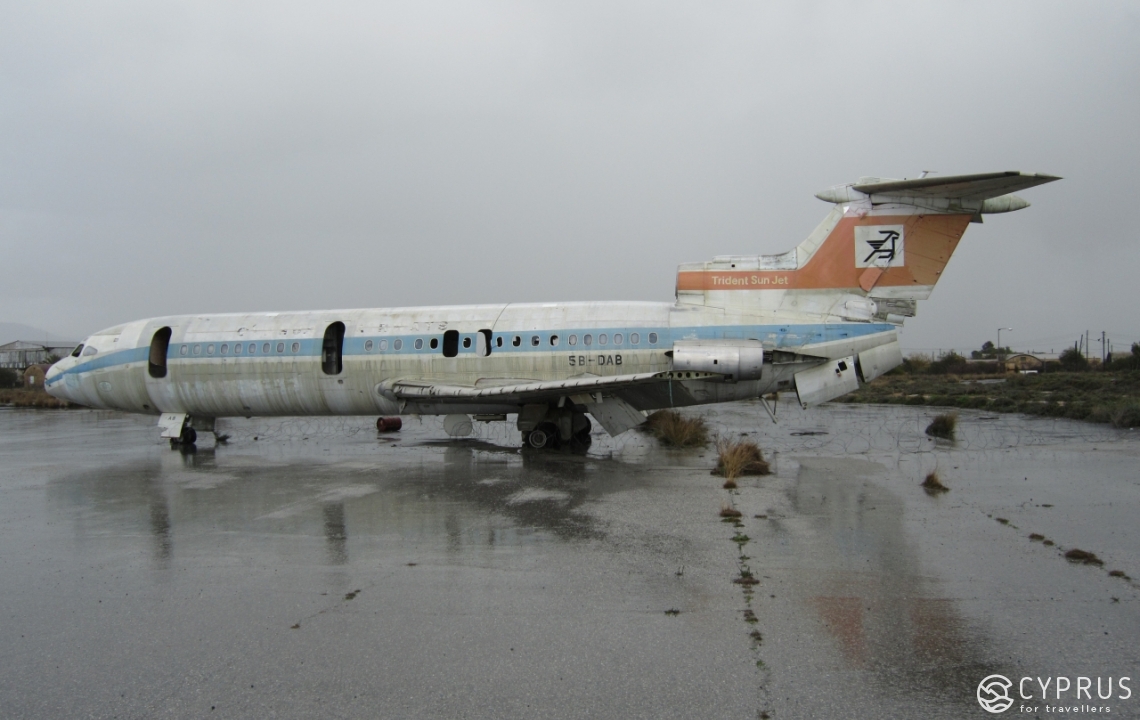
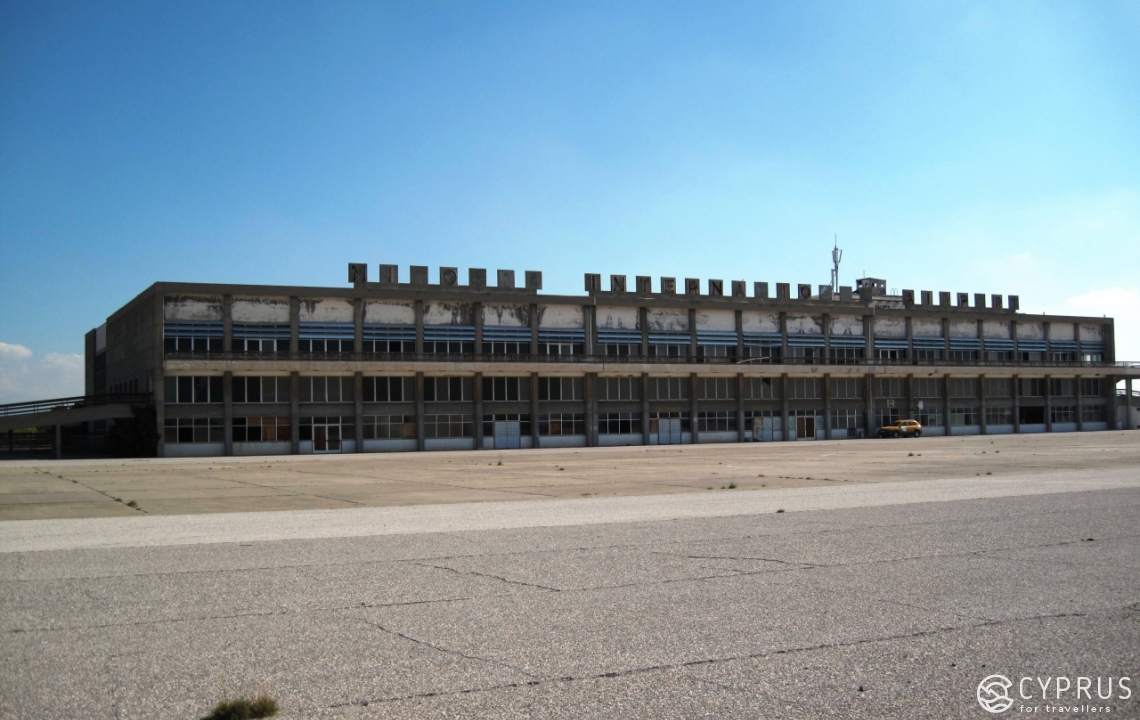
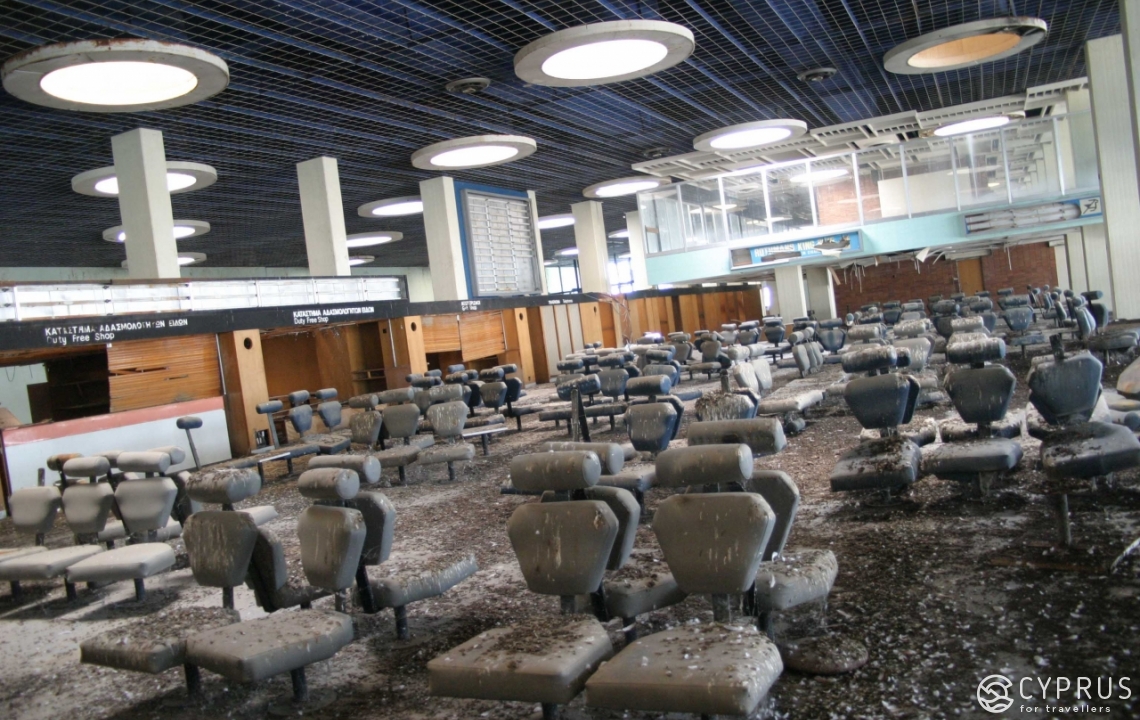
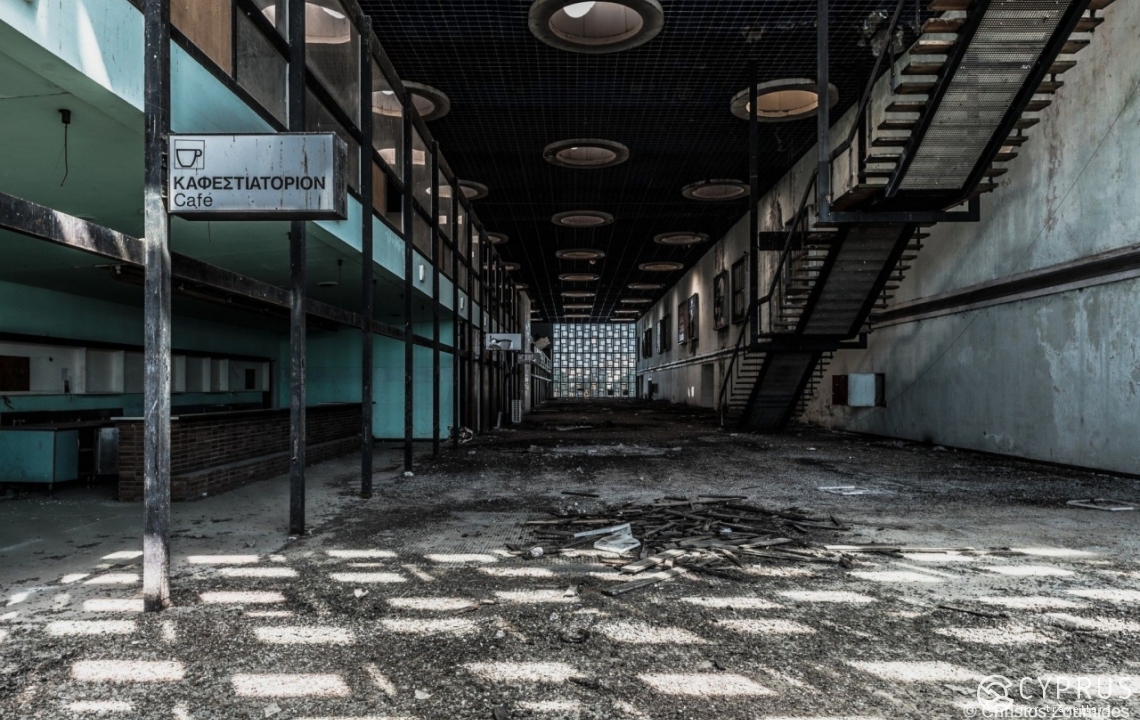
Nicosia airport is not the only abandoned object in Cyprus. There are also several villages that were left by their residents at different times and for different reasons. Cypriots are very practical and attached to their homes and land. They never leave settlements lived in by generations just for the sake of an adventure. If not because of wars, earthquakes, or other natural disasters, the most popular reason to search for a new home for a Cypriot is a desire to find a better job and make more money for their families.
Abandoned Cyprus villages
We will describe 7 abandoned villages, that might be a good idea for a day trip for travellers who like desolate places still full of somebody’s memories.
1. Souskiou village
Souskiou village located 4 kilometres from Kouklia in the Paphos area is 5000 years old. It is a former Turkish settlement on the Eastern bank of the Diarizos river. Its title originates from Turkish «susuz» which means «thirst» — droughts were not a rare occurrence in this part of the island. The village was abandoned in 1974 after the well-known events that divided the island into two parts. The houses are left as they were as if waiting for the owners or, at least, their children, to come back.
How to find it: when going North on Limassol – Paphos highway, take an exit to the Agios Neophytos Monastery. You will see the village among the hills on the opposite side of the river. The best vehicle to travel to Souskiou is an offroader.
2. Foinikas village
The most famous of all the abandoned villages is Cyprus, Foinikas village (its name means «palm tree» in Greek) can be found in 3 kilometres from Anarita and close to the Asprokremmos dam. People used to live here since the times of crusaders, and the Franks called it «Commandaria Della Finicha», as the knight commander’s residence was built in the highest point of the village. Locals left the village in 1974. Today this area is often flooded by water from the dam, which makes it extra attractive for many tourists.
3. Palia Theletra village
Palia Theletra village is easy to find: it is located very close to Stroubi and Kathikas villages. This settlement was abandoned 40 years ago after a strong earthquake. People just moved their belongings a little up the hill, and founded a New Theletra there, from where one can see the remains of the original village.
4. Sarama village
Sarama village is also located not far from Paphos, between Lysos and Filousa villages. It used to be a Turkish-Cypriot settlement. It is believed that most of the houses were damaged by earthquakes which made people search for another place to live; another possible reason why residents left the village is the bad harvest of 1879 when the fields were attacked by pests.
The village is surrounded by hot springs, which shows that the area is hydrothermally active. A lot of artefacts of the Neolithic Age were discovered here at different times.
5. Melandra village
Melandra is a former Turkish-Cypriot village (Μελάνδρα in Greek, Beşiktepe in Turkish) which was ruined during the bombings. Symbolically, the only remaining buildings in the village are an Orthodox church and a mosque, located next to each other. One can find the village in 2-3 kilometres to the South-East from Lysos.
6. Trozena village
Trozena is small mountain settlement in the Limassol district that has been abandoned quite recently, just 20 years ago. People come here to look at the Agios Georgios church built in 1885 and renovated in 1993. Make sure to stop by a scenic waterfall if you take the road from Gerovasa village.
7. Ayios Sozomenos
Ayios Sozomenos (Αγιος Σωζόμενος in Greek, Arpalık in Turkish) is a small settlement not far from Nicosia, to the South from Geri. It used to be a village inhabited by two communities. In the beginning of the Turkish occupation, the village was an area of shooting war, which urged Greeks to leave it.
Today, one of several remaining buildings in the village is the Agios Sozomenos church, next to which one can see the ruins of the Agios Mamas temple built in the 16th century. The movie A Detail in Cyprus (1987, director Panicos Chrysanthou) tells about the village.
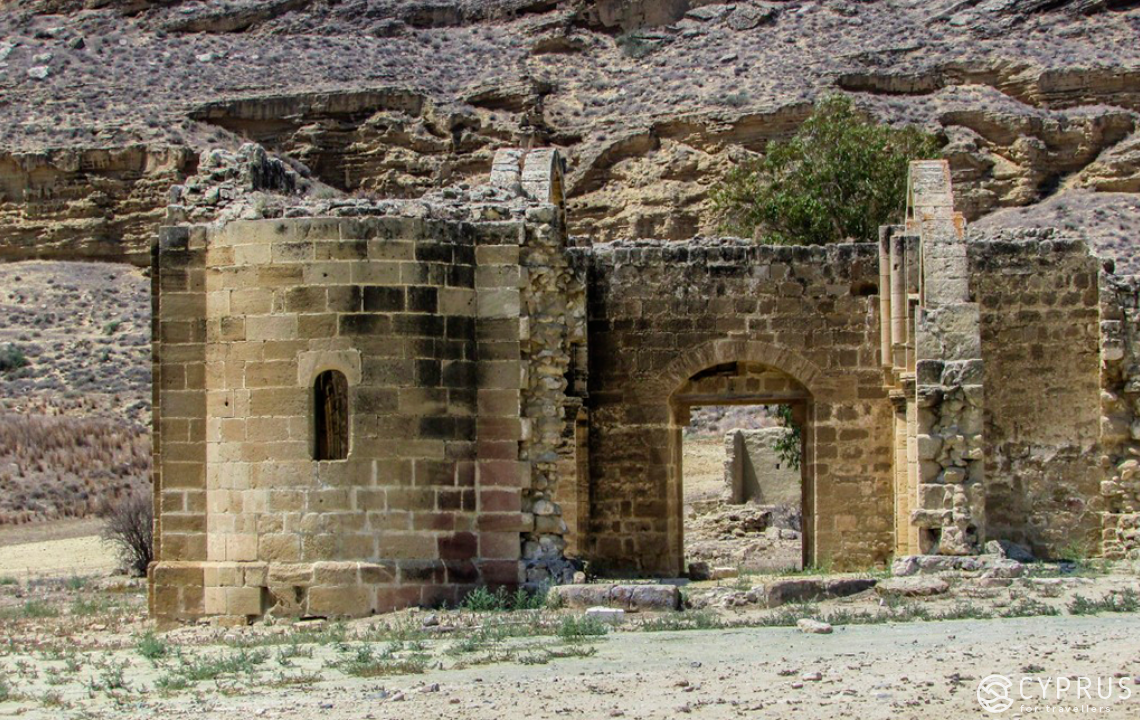
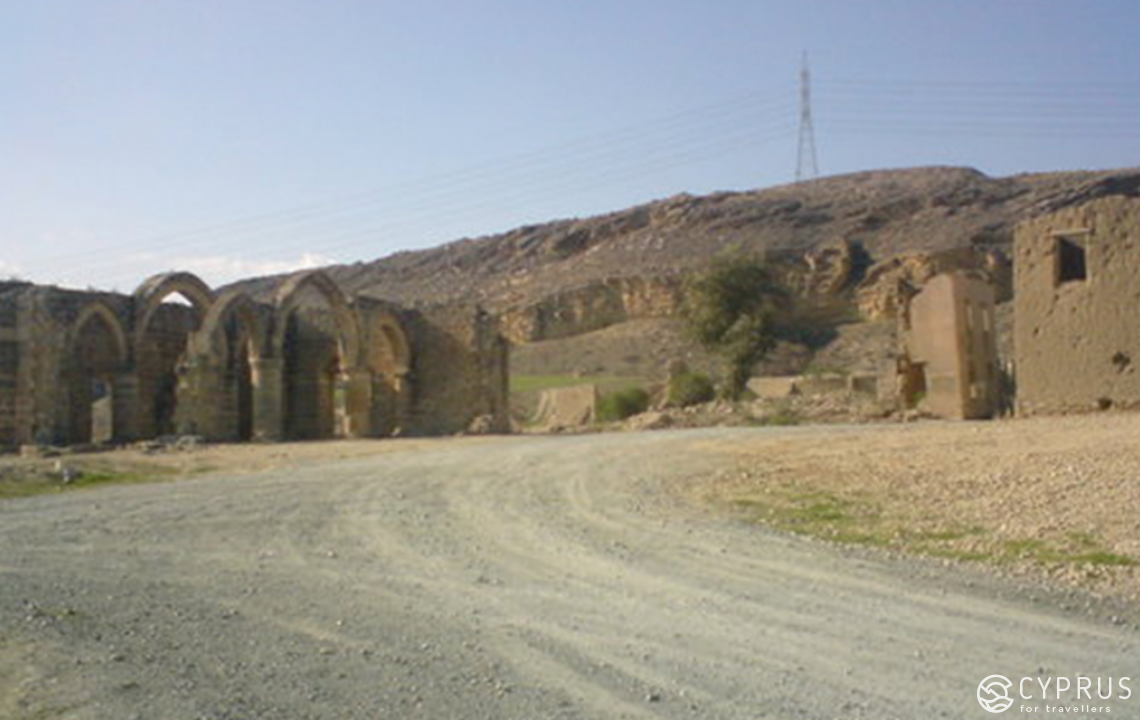
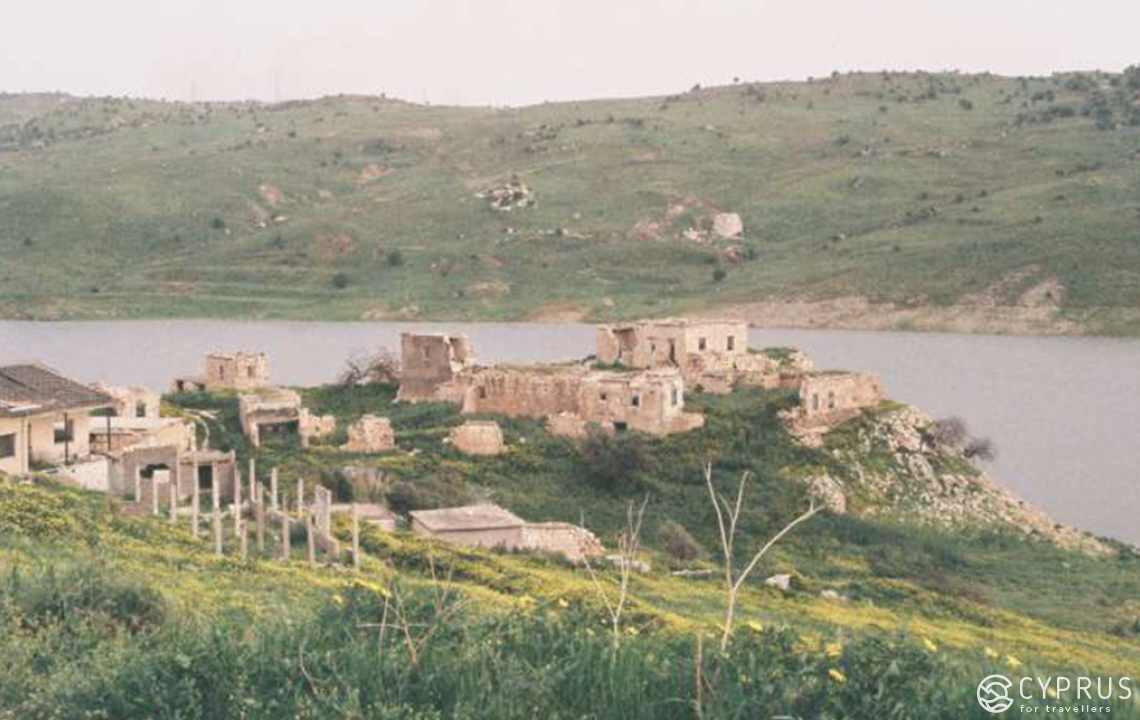
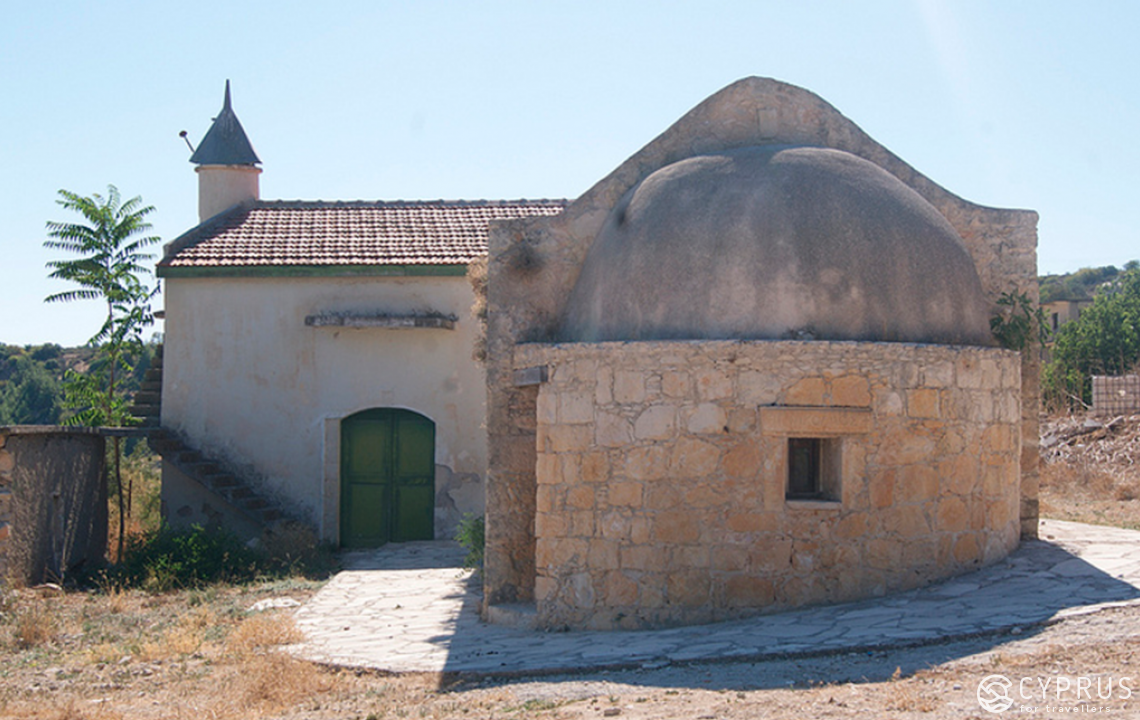
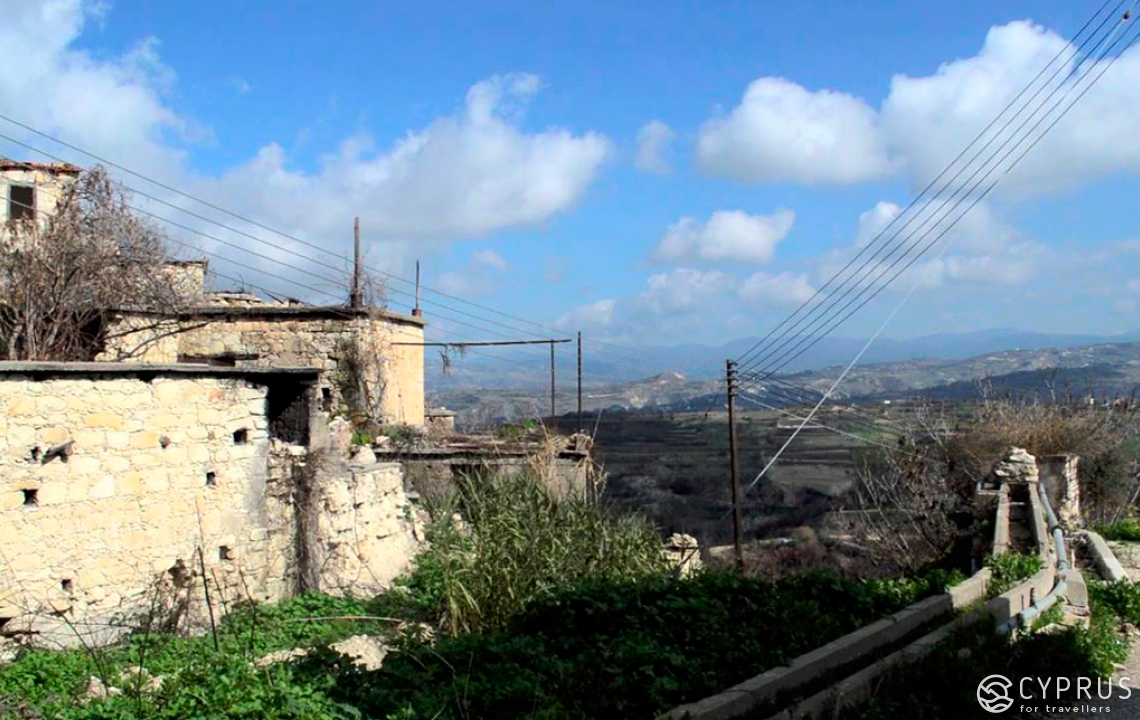
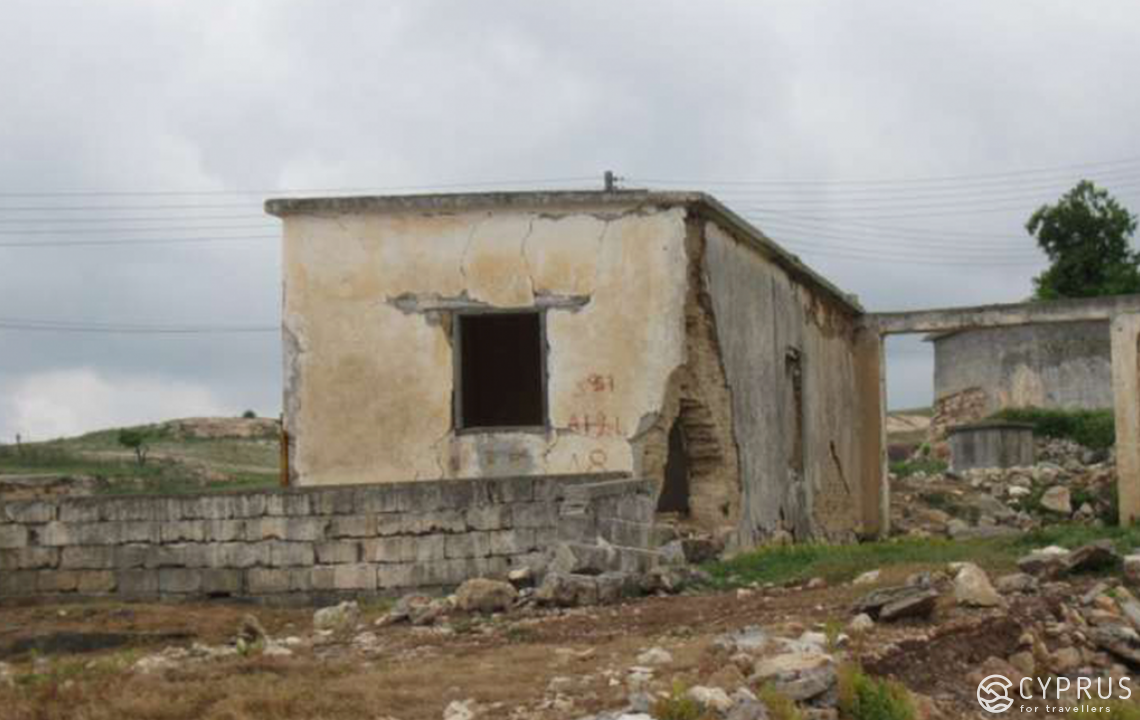
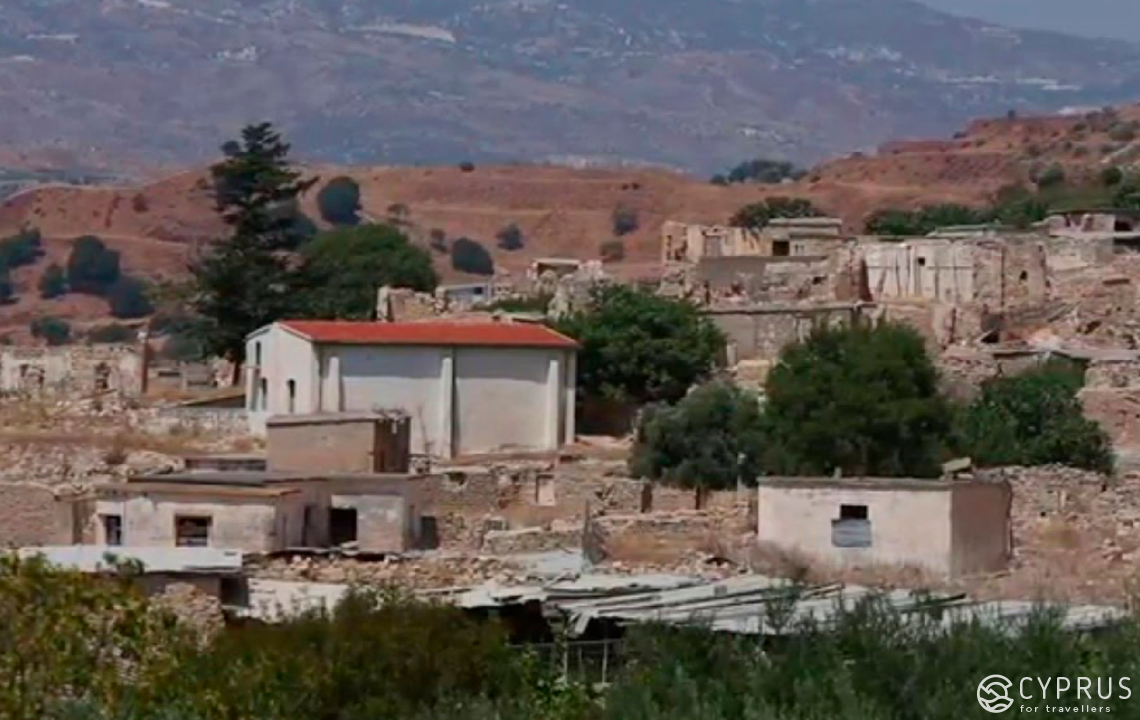
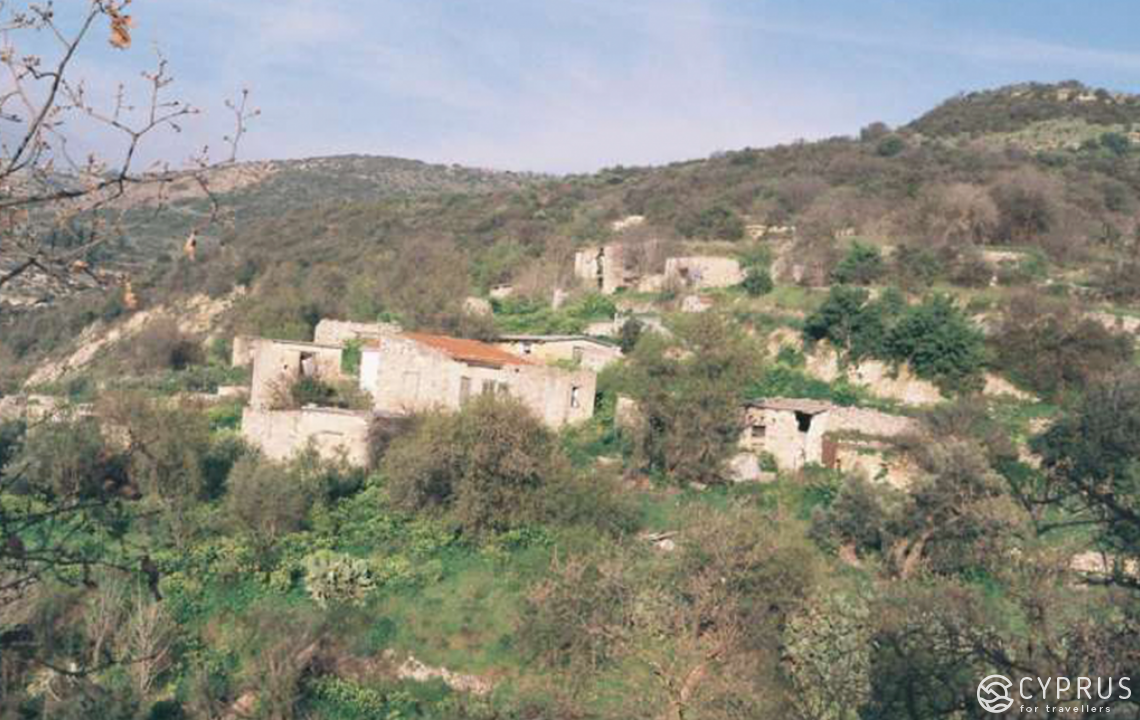
Cyprus is home not only to mysterious places but also to many special artefacts.
Palindrome Amulet (1500 years old, found in Nea Paphos)
Palindrome Amulet is the most recent find, discovered in Nea Paphos architectural site. This amulet is one of the oldest in the world, the second after the famous SATOR, which dates back to the 1st century AD. The amulet was found in 2011 by archaeologists from Jagiellonian University in Krakow under the supervision of professor Joachim Sliwa. What is a palindrome? It is a sequence of letters, or a text, which reads the same backward as forward (the word is formed from πᾰλίν-δρομος in the Ancient Greek, which means «coming back»). Palindromes were used here and there from the very old times; in the Middle Ages, creating palindromes became a certain form of art. Very often, drawing palindromes was fulfilled with magical and even sacral feeling.
Palindrome poetry still exists today, for example, in Russia. The longest known poetic palindrome was written by Velimir Khlebnikov (Razin, a poem).
Returning to the ancient palindrome from Paphos, it says the following: God is a bearer of a secret name, a lion will protect me in its temple. On the other side of the amulet from Nea Paphos, one can see engravings of gods and mythological animals, such as of an Osiris mummy, and Harpocrates — a god of silence, a Greek version of the Egyptian Horus.
Scientists think that the amulet demonstrates the power of amulets which were believed to have magical power even in the times when Christianity was widespread on the island. Not only pagan but, more specifically, Egyptian influence can be proved by the mere existence of such an object.
Polish scientists point to two small mistakes in the palindrome, which show that it was created by someone not very familiar with the art of creating these word sequences. Some Cypriots think, that the amulet can prove that Christianity and pagan rituals coexisted in ancient Paphos for a certain period of time.
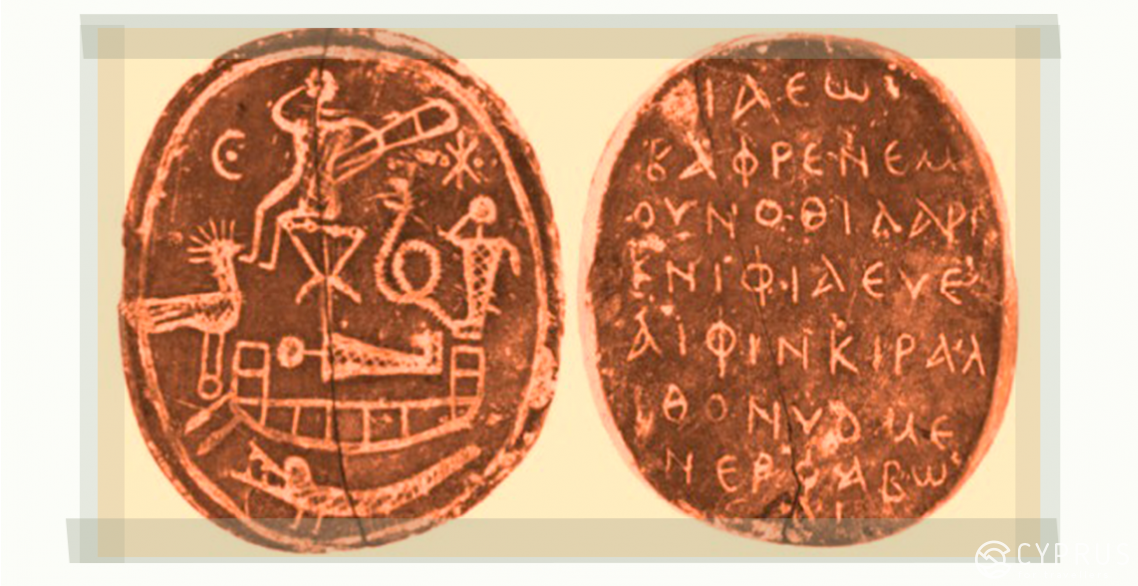
It must be nice to have such an amulet (if you believe in its powers), when you are going to visit some of the places with a checkered reputation, like the one we are going to describe below.
Berengaria hotel not far from Prodromos, Troodos
There is hardly any trace of former luxury in the Berengaria hotel...nothing but thick stone walls on the hill, surrounded by an abandoned park, an empty swimming pool, and vineyards. Still, it is obvious even today how huge the calibre of the hotel used to be.
The hotel, that was built in 1930 by a Cypriot architect Ioannis Ioannides Kokkalos and called after Berengaria of Navarre, Richard the Lionheart’s spouse, soon became the most luxurious place of a kind in Cyprus.
Not only rich British people and politics (including Winston Churchill), but also august personages, such as Farouk I, the king of Egypt, and other top-ranking people stayed here. Locals also used to spend holidays in the hotel — it was enough room in it here for everybody.
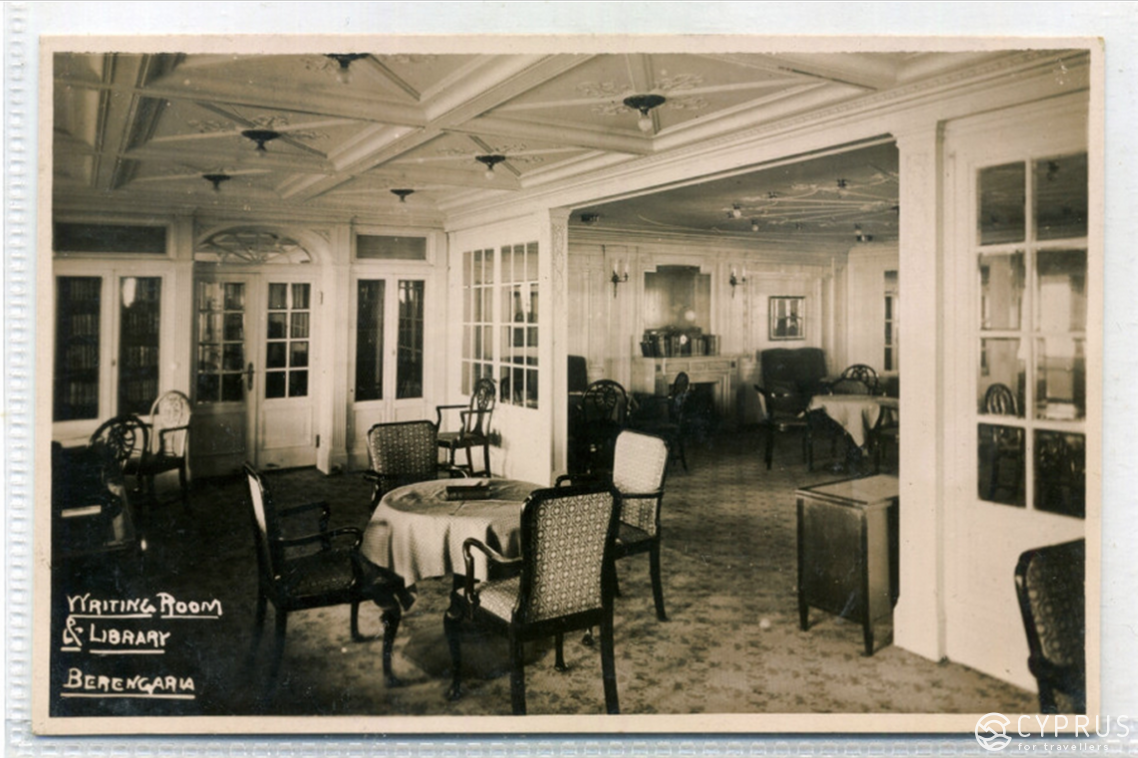
It was a big honour for Cypriots to provide the hotel with local products: fresh meat, fruit, vegetables, and, of course, wine. The hotel was on the rise from 1950 until 1970, which was followed by its unexpected closure in 1984.
For more than 10 years after the hotel was closed, everything in it remained untouched: the furniture and interiors were falling apart in an absence of caring humans, and the wind, entering the building through broken windows, played with letters that never found their addressee.
Nowadays, a lot of people visit the hotel: artists seeking inspiration, and former guests...On the contrary, the monks heading to neighbouring monasteries hurry past this dark place as fast as they can.
-
There are a lot of stories and myths about the old hotel, but each begins like a fairy tale: an old rich man had three sons; before he died, he shared his property equally between them and asked them to develop the main business of his life — his beautiful hotel.
Indeed, for several years three brothers were managing their father’s business, but at some point, they disagreed with each other. Eventually, all three refused to take care of the hotel and put an effort in it. As locals say, soon after that three brothers committed suicide, one after another…
Other people say, that a curse put on one of the brothers by a betrayed girl was a beginning of all of it. It could be true, or, rather, Berengaria itself is an outraged woman that was promised to be cared about — and betrayed!
It is believed that the hotel is friendly towards tourists and visitors: the brothers, somehow still present here, joyfully greet each guest.
But be extra careful if you decide to visit: the ghosts are not the biggest problem. There are holes in the floors, railings are missing; coming here with children is highly discouraged. We do not recommend exploring the hotel alone and ask those readers who decide to go inside of the building to pay close attention to overlaps between the floors — some of them can collapse.
For those, who want to «stay» in the hotel overnight, locals keep the stories about people who disappeared after such nights.
-
In 2007, the hotel was bought by Michalis Ioannides, who told the journalists, that the fame of this place is stronger than all the prohibitive signs and fences that he tried to install. People keep looking for ways to enter the building…
According to the media, a German company started renovating the hotel about 10 years ago, but now the process has been frozen for a long time, and nobody knows the reason. The rumours are telling about the death of the architect, who was responsible for the project.
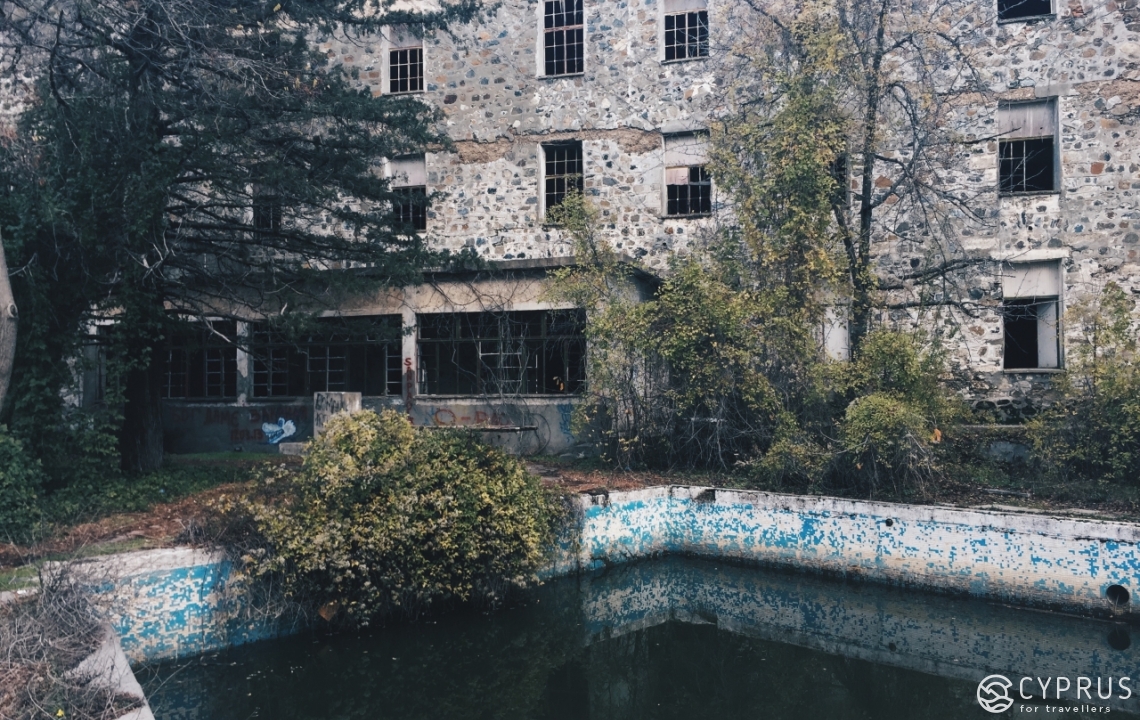
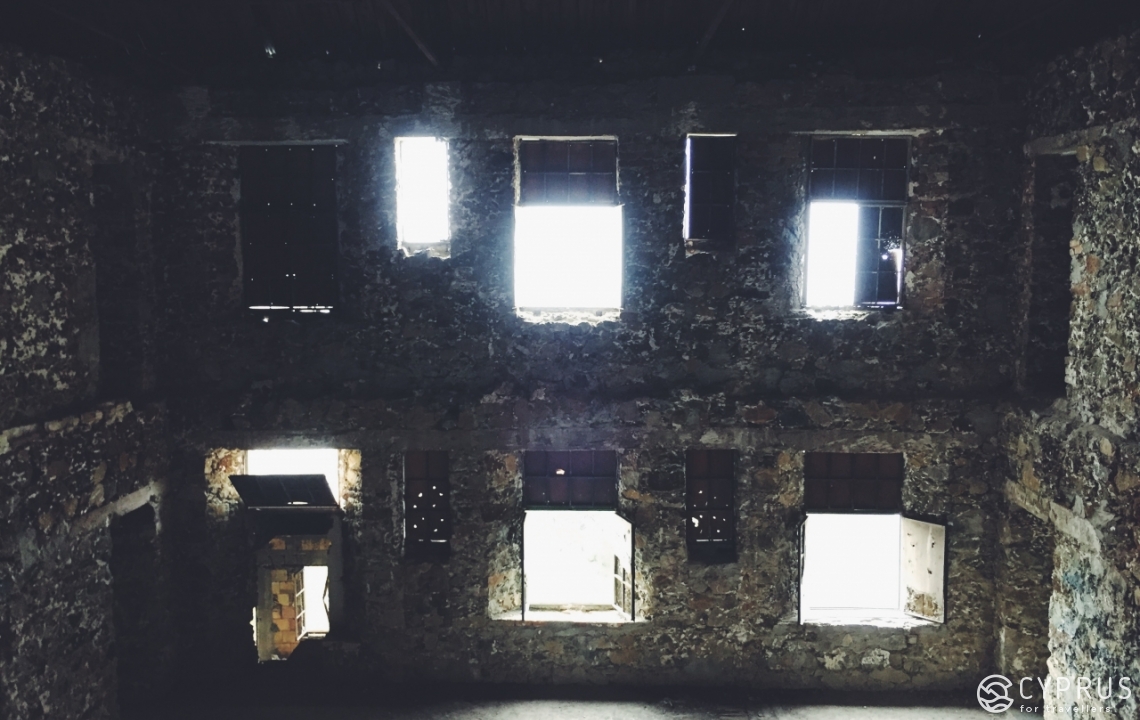
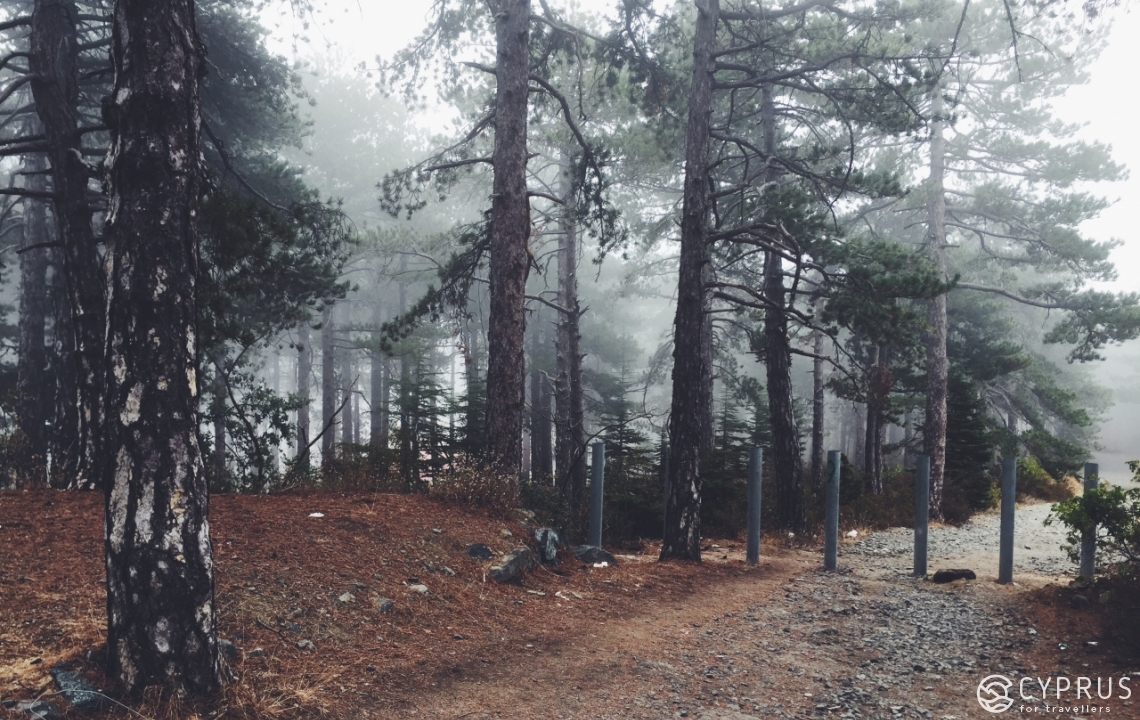
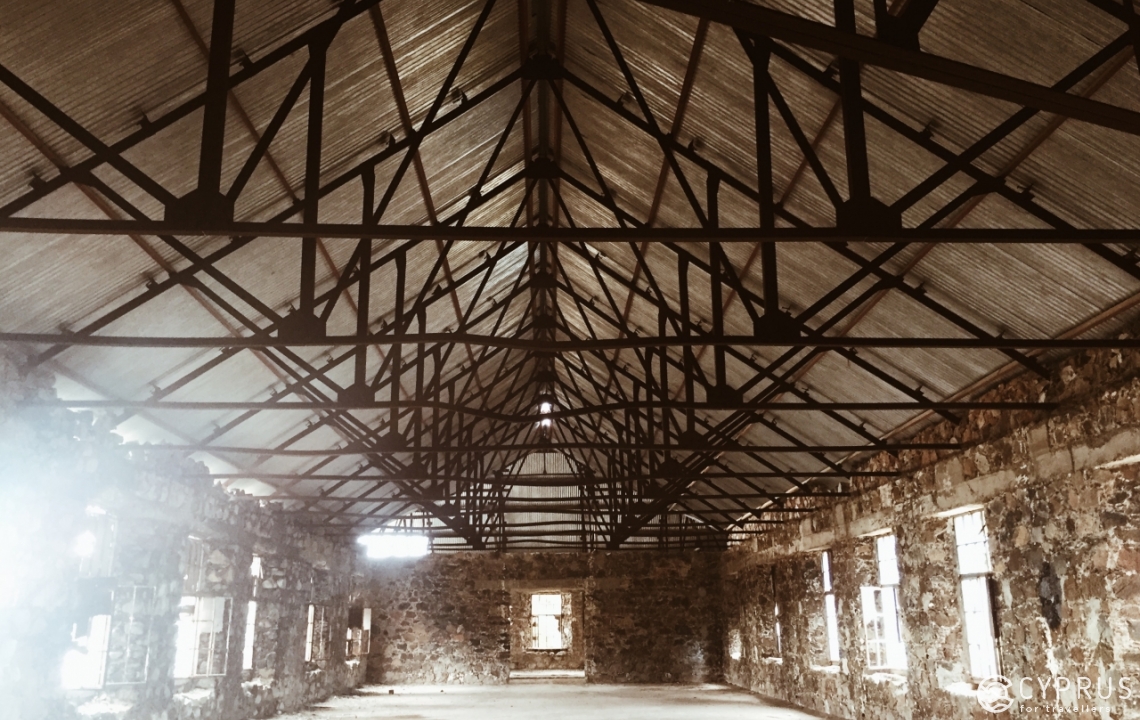
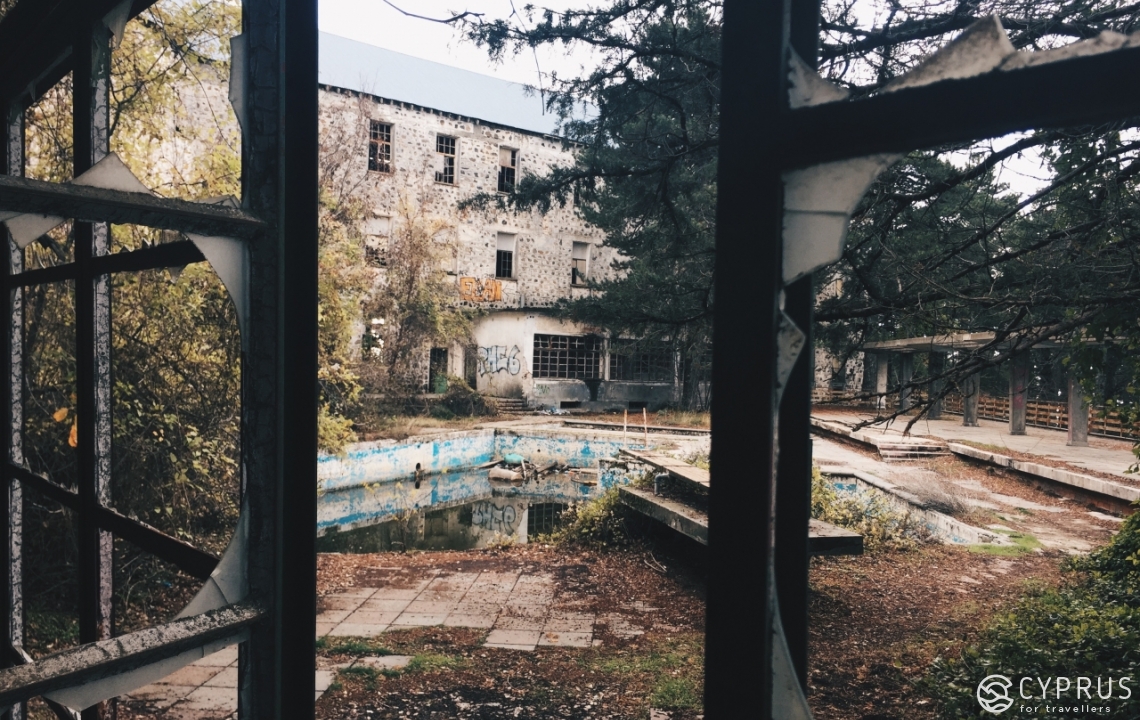
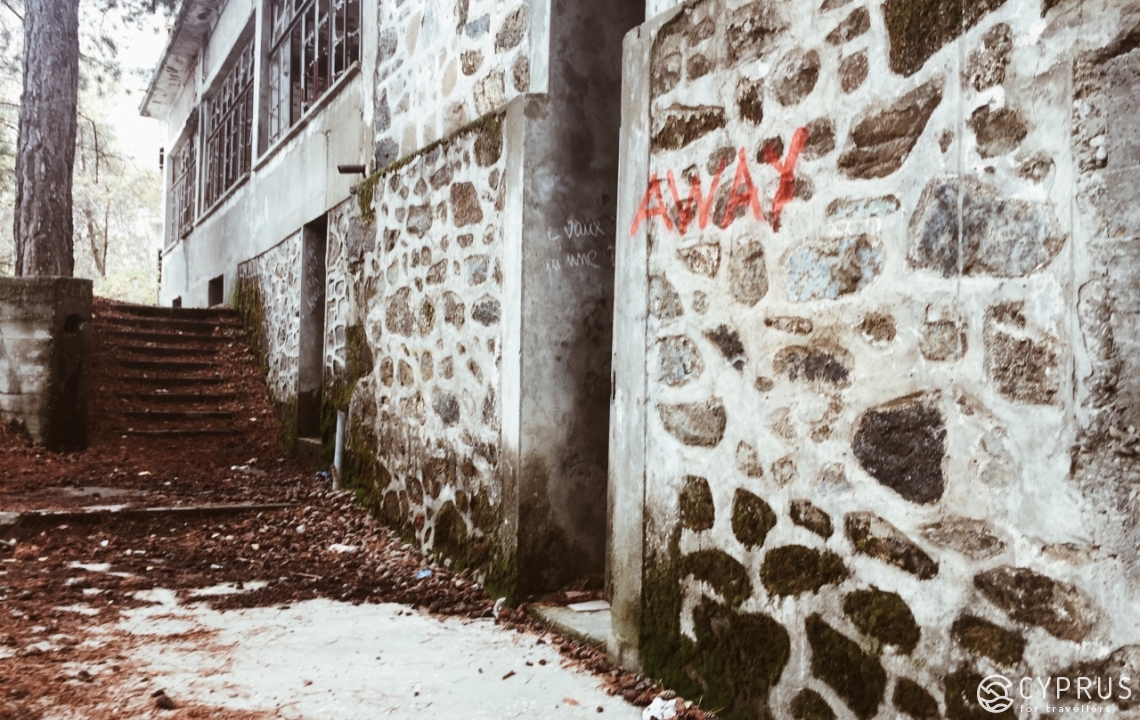
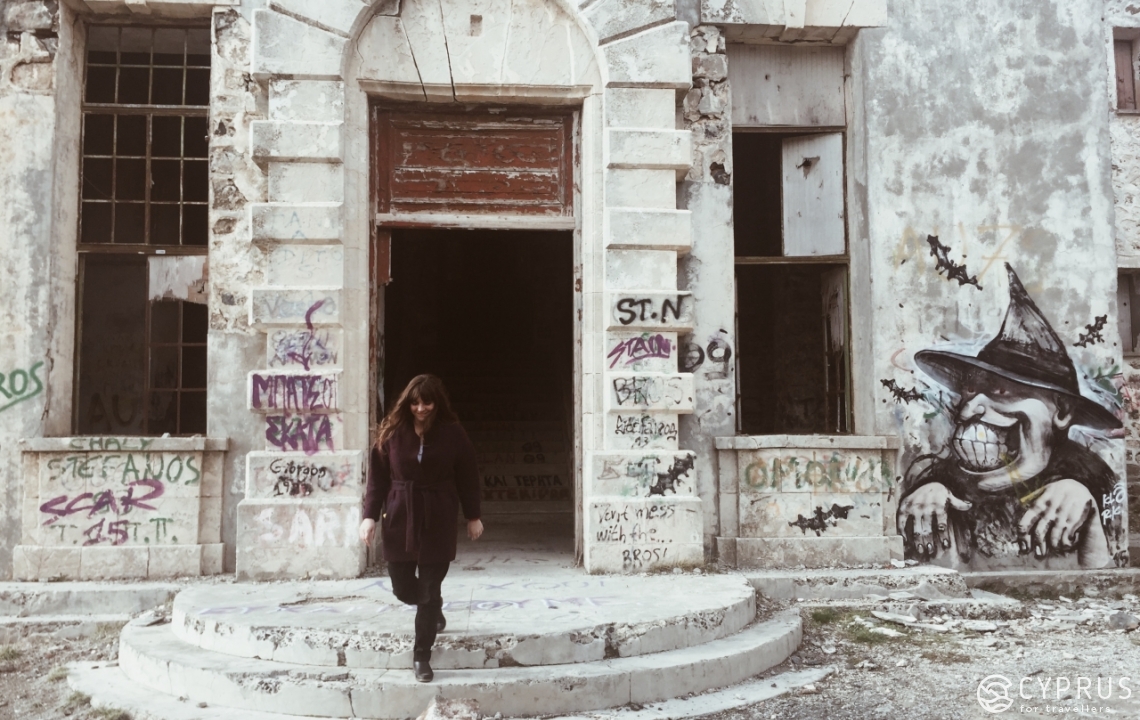
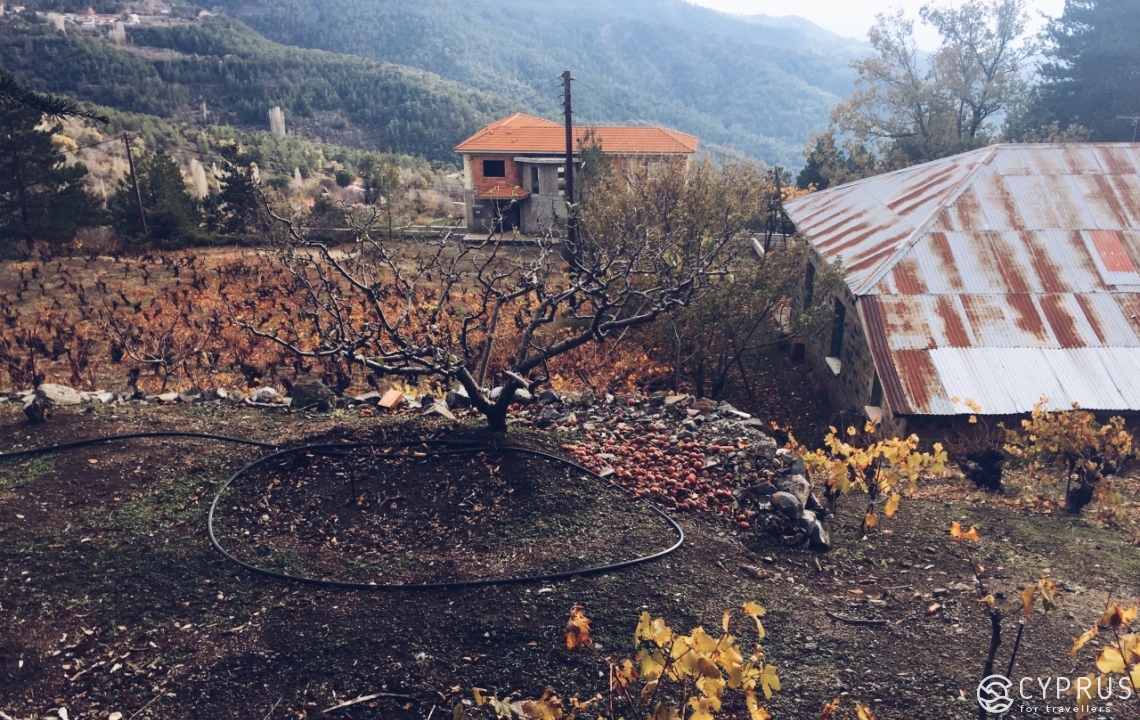
Nature is full of traces left by humans, especially when it comes to extraction of minerals.
Mitsero Lake (or Blood Lake), Nicosia
This is rather a scenic place, not so much frightening. There used to be a copper and minerals mine here before. Even after the mine was closed, the memory of it remained, and in a peculiar way: the empty sand pit started to fill up with water that, due to a high content of iron and copper dust, is red.
The colour of the water is, by the way, changing — depending on the season and time of the day — from golden to Amaranthine. Not surprisingly, photographers are frequent guests here, busy creating unusual photo sets and memories.
It is not recommended to swim in the lake, even on a very hot day.
It is easy to notice, that no animals live next to the lake and there is almost no grass on the edges of the water: another legend can be formed around these facts any day.
Cyprus is known by most people as an island where a lot of Christian Saints started their journeys. A lot of famous temples where one can find spiritual support are open to visitors all year round.
The church of Agios Kyprianos and Agia Ioustini, Meniko village, Nicosia
According to one of the explanations, the name Meniko (Μένοικο) first appeared during the times of the Byzantine Empire, and originates from the Greek οίκος — home. Another opinion is based on a hypothesis that it is a derivative from the name Menoeceus, the father of Creon, one of the rulers of Thebes in Greek mythology.
The church of Agios Kyprianos and Agia Ioustini is located on a small main square of the village. The church is dedicated to Kyprianos and Agia, the Saints who are worshipped by all the Christians on the island.
The temple is widely known on the island and beyond. The legend tells about Kyprianos, who lived in Antiochia in the 3rd century AD and used to be a wizard. He turned into a Christian after he realized that he can not cast a spell on a young Ioustini because her faith protected her. Soon he became a priest, then a bishop. Ioustini herself was a deaconess in a nunnery. Some of the pagan citizens were determined to make Kyprianos’ and Ioustini’s lives difficult; as a result, the two were executed. Their bodies were moved to Rome where a woman named Rufina buried them. According to a legend, the places where the saints were buried was known among locals as healing.
In the 13th centuries, the relics of the saints were moved to Cyprus where they were kept in a tiny church in Meniko village.
A century later, Peter I of Cyprus or Pierre I de Lusignan (9 October 1328 – 17 January 1369), the King of Cyprus, was also healed by the relics. This lead to the church being turned into a much bigger temple with a special niche for the thaumaturgic relics.
Ever since the church is widely known in Cyprus as a place where the church members are protected from evil by the relics; people who come here also believe that their illnesses can be cured.
The church is open from 8.00 until 13.00 and from 16.00 until 18.00 in summer, and from 9.00 until 12.00 + from 15.00 until 17.00 in winter. Father Savvas or Father Kyprianos are present at the church during these hours.
The part of Cyprus occupied by Turkey
Northern territories of Cyprus still occupied by the Turkish Republic, are also filled with incredible places and ancient memories. Here you can find anything from Neolithic settlements and ancient city-states, all the way through Roman architecture, crusading wars, Gothic castles, and important Christian relics to the modern history. And, of course, the part of Cyprus occupied by Turkey has its mysteries — luring, and sometimes ominous.
Varosha, a ghost-city near Famagusta
Varosha is a former touristic district which was highly popular back in 1960. Large hotels, night clubs, luxurious villas, cafes and shops were lined up along the 3 kilometres long city beach.
Everything changed in 1974, with the beginning of the occupation. Greek citizens had to run and abandon their houses before the Turkish army entered the city. Many of them were sure that they were to return soon... but they never did.
Today, many years later, entry to Varosha is forbidden — the city is under the UN control.
Still, it is possible to see what is going on in the city if you climb the rock to the Profitis Ilias
Church in Protaras on a sunny day, or go for a sea trip along the shore carrying good binoculars, or take a bus tour to Famagusta — your bus will drive past what used to be Varosha.
But if you try to climb the fence and enter the ghost town, you are likely to face a serious fine. This will be viewed as pillaging attempt (it still happens here); moreover, people say that a «sleeping town» attracted numerous snakes.
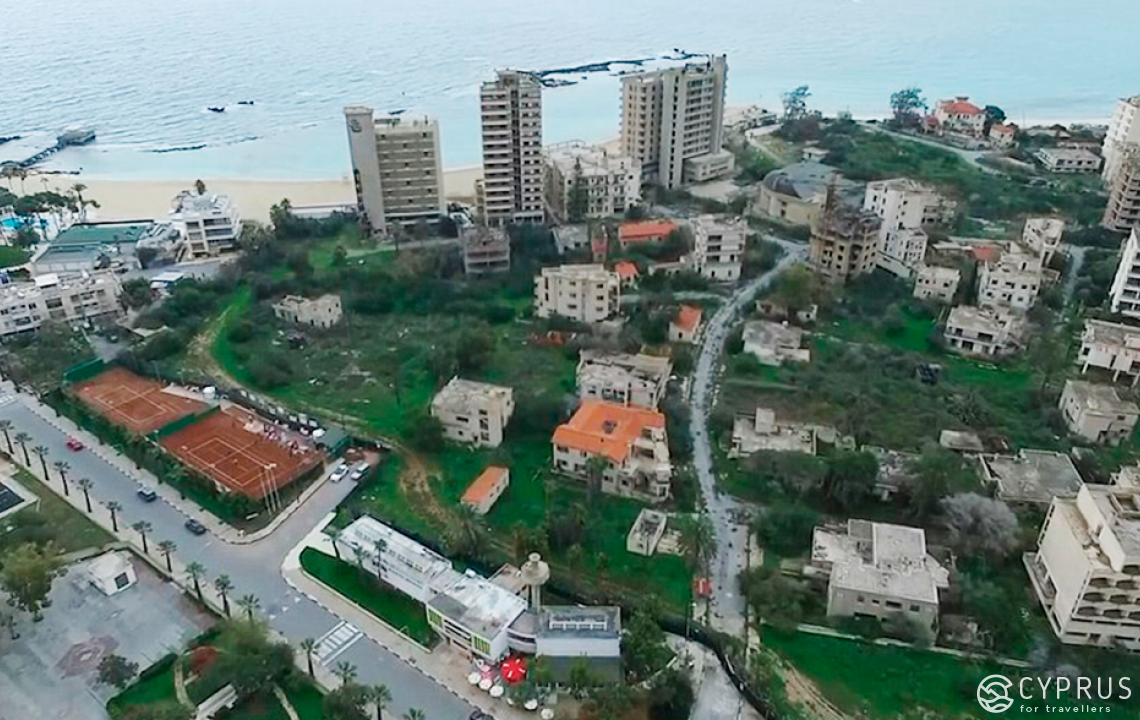
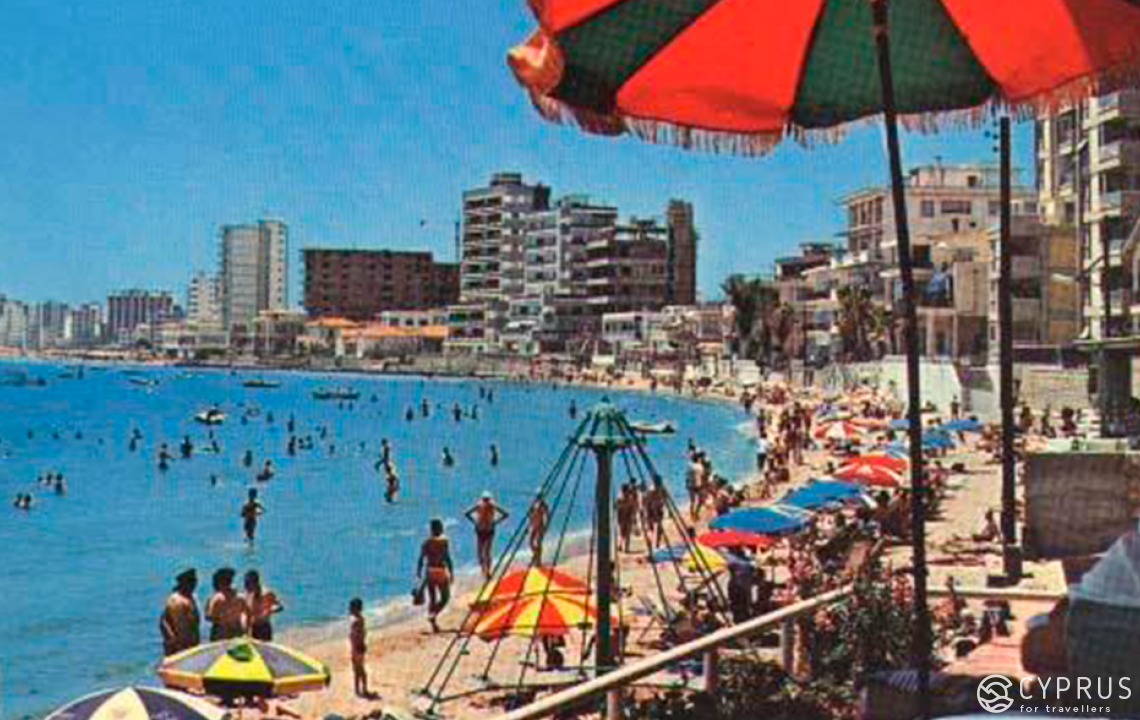
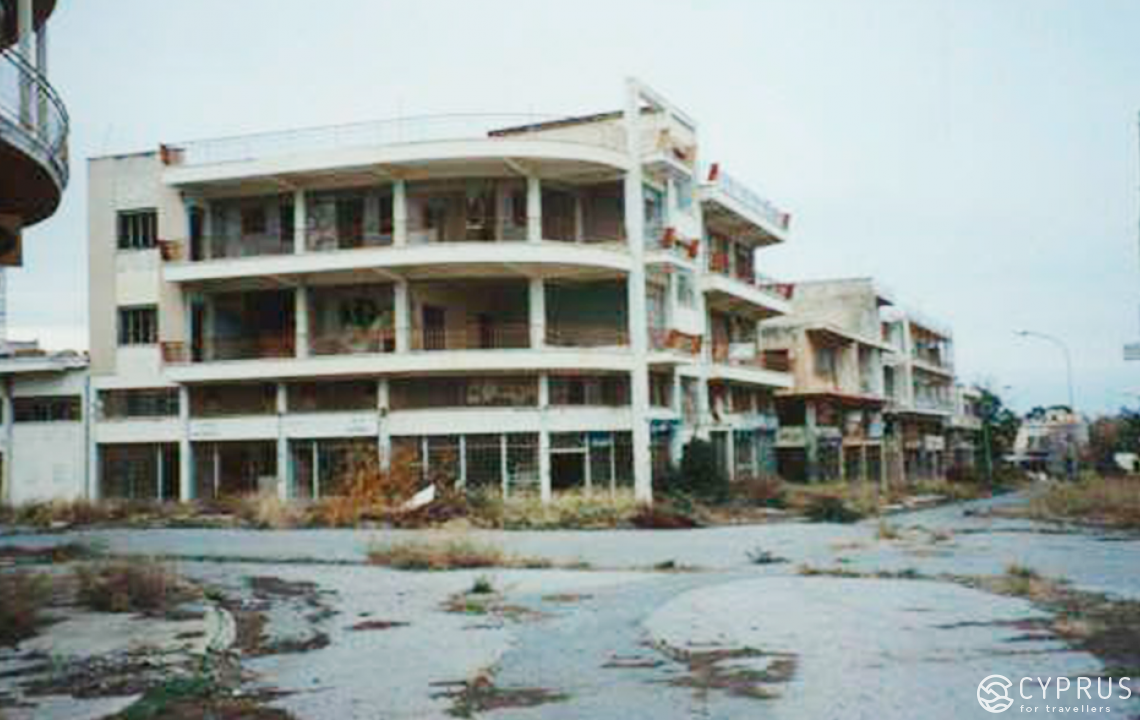
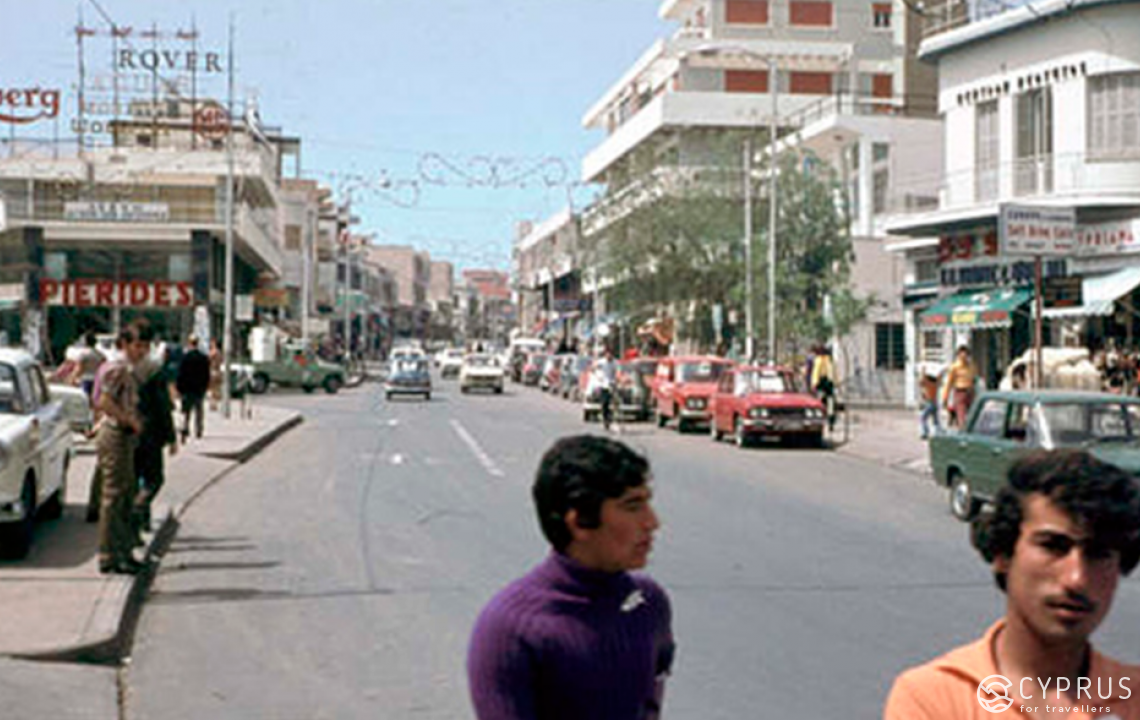
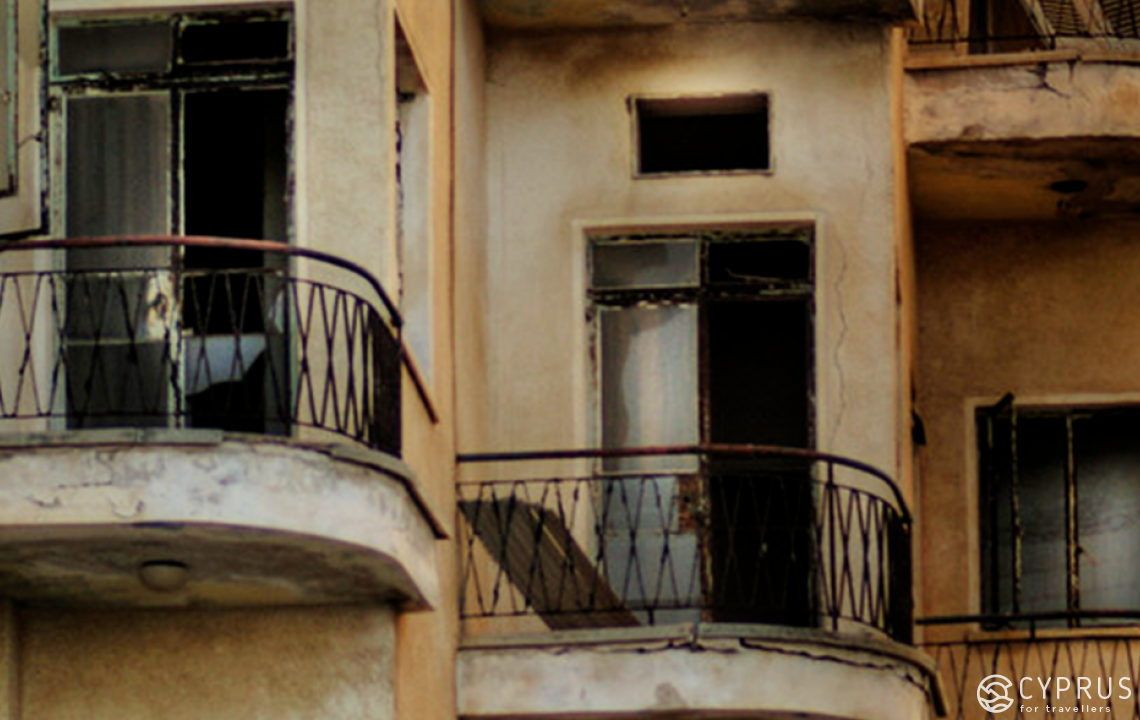
There is another place in the historical part of Famagusta, veiled with ancient legends, where everybody not only can but also absolutely needs to go.
Othello Castle
Othello Castle (or Othello’s Tower) is a medieval castle in Famagusta that was built by Lusignans to protect the harbour and the city. This place is believed to be the one where Shakespeare's play Othello (1603) was set. The main character of the play is a black Moor. The real person who, as people think, inspired Shakespeare and became the Moor’s prototype is the Doge of Venice Cristoforo Moro, who was a governor in Cyprus from 1505 until 1508.
It is known that the famous playwright had never been on the island, but he had most likely been impressed by the dramatic life of the governor who committed some terrible crime and was punished for it.
The first tower of the castle was built in the beginning of the 13th century by Henry I of Cyprus (1218-1253). Construction was finished in 1310. After Venetians took over the island, the governor Nicolо Foscari gave the order to renovate the fortress. It was redesigned as well as many other buildings in y. 1492-1495. The reason to reconstruct the castle was the new weapon Venetians had — cannons, that required the switch in the shapes of towers.
Today the castle consists of two different structures put one inside the other, like a Russian nesting doll. The external, Venetian architecture surrounds the more ancient, original walls.
A relief of the Lion of St Mark, the symbol of Venice, is engraved above the main entrance to the castle. There is a historical museum inside.
Entrance: 9 lira; the museum is open Monday-Saturday.
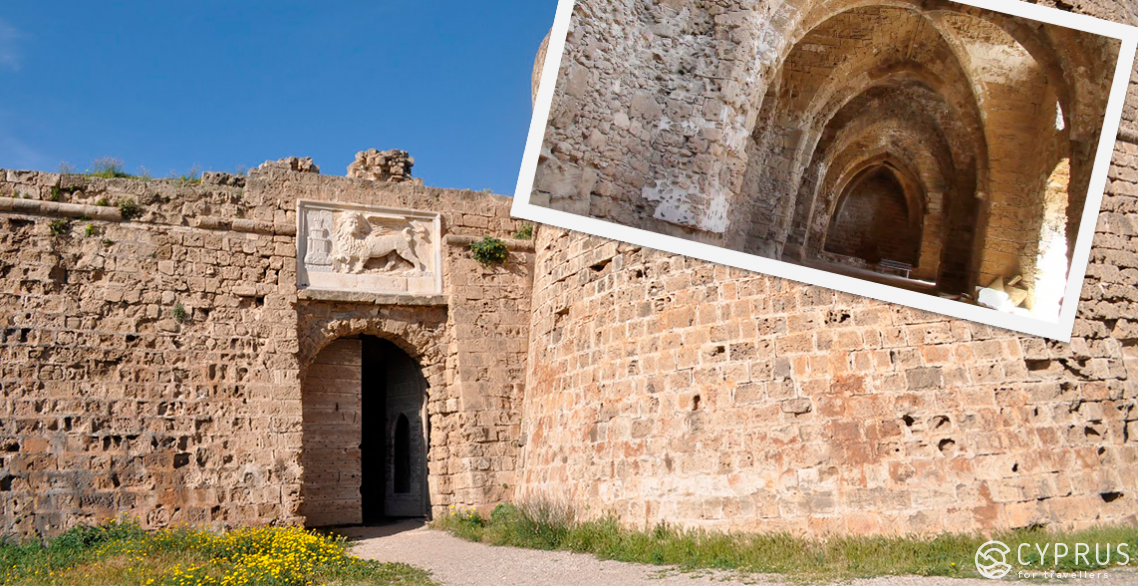
The part of Cyprus occupied by Turkey is known all over the world for its spiritual places. We are going to describe some of them below.
Mаulana Shеykh Nazim burial
Shaykh Nazim (1922-2004) was a Turkish Cypriot sheykh and spiritual leader of the Naqshbandi tariqa. Shaykh was born in Larnaca; he claimed to have traced his roots back to Muhammad, the Islamic prophet, through Abdul Qadir Jilani, a Sufi saint. Through his mother, Shaykh Nazim is connected, through another saint and poet Jalaluddin Rumi to Abu Bakr as-Siddiq, Muhammad’s supporter, who was especially important among Naqshbandi tariqa members.
A future Shaykh learnt the basics of Sufism as a child with his grandfather, who himself was the leader of the Qadiriyya tariqa.
In 1940, Shaykh Nazim moved to Turkey, where he studied chemical engineering at the University of Istanbul. He later said about this period: «I never felt passion towards modern science... my heart was always searching for the spiritual knowledge».
In Istanbul, Shaykh Nazim also studied classical Arabic and Islamic jurisprudence; he continued his studies in Syria and returned to Cyprus, where he, as the time went by, became a grand mufti of the part of Cyprus occupied by Turkey in 1973.
If you are planning to visit the Northern part of the island and, more specifically, Lefke (Λεύκα in Greek) village, you can stop by the Sheikh's burial. Thousands of people from all over the world gather here to honour his memory.
Sufi Muslims believe that this place has healing power and inspired change to the best in the lives of those who come here with faith and respect. The Selimiye Mosque in Nicosia annually serves mawlid on the day of the Sheikh's death.
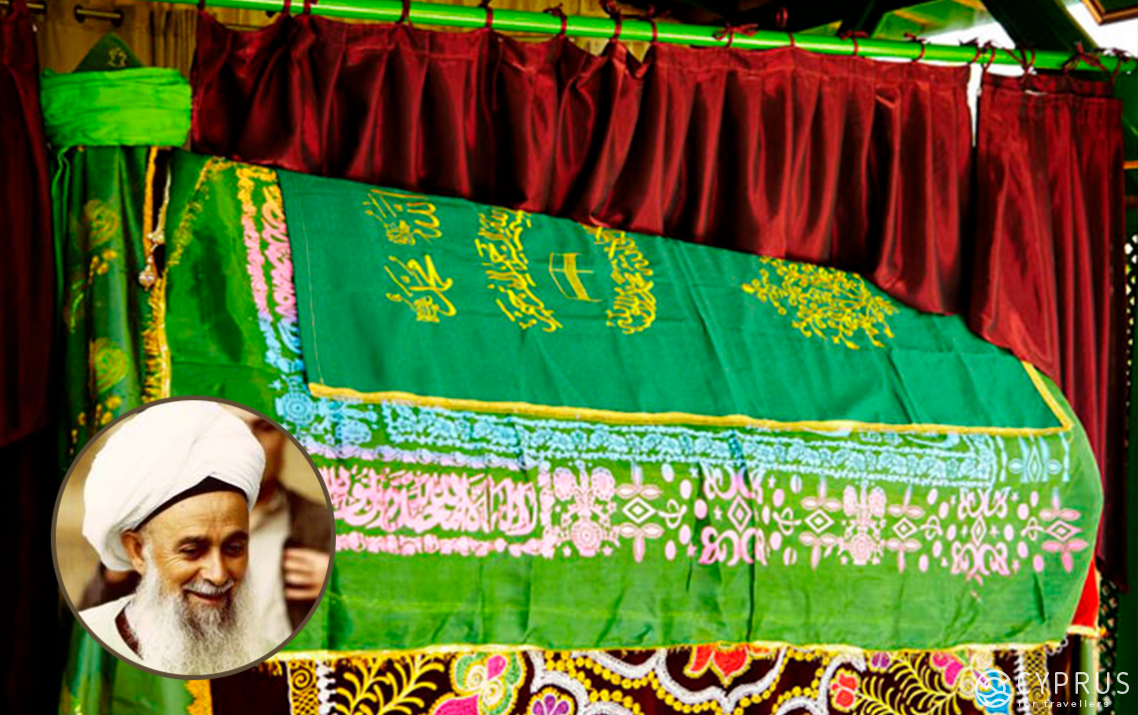
The gravity road (Paphos – Polis highway, not far from Droushia)
We will put it straight: the «gravity road» is included in the international List of gravity hills, which unites such countries as Australia, Brazil, Great Britain, Germany, Guatemala, India, Indonesia, Italy, Canada, China, France, South Korea, Czech Republic, and the USA (where there are more gravity hills than anywhere else — 42 total).
A gravity hill, or road, is a place, usually located on or among the hills, where people experience an optical illusion and see a slight downhill slope as a slight uphill slope. In such places, a ball can appear rolling up the hill, and spilt water will easily «run uphill».
You can make an experiment yourself if you stop your car right after the exit towards Polis moving out of Droushia. A lot of people come here to see how optical illusion plays a trick with what we see, and it always works.
By the way, there are at least 70 gravity roads in the world, and optical illusions present themselves there all the time.
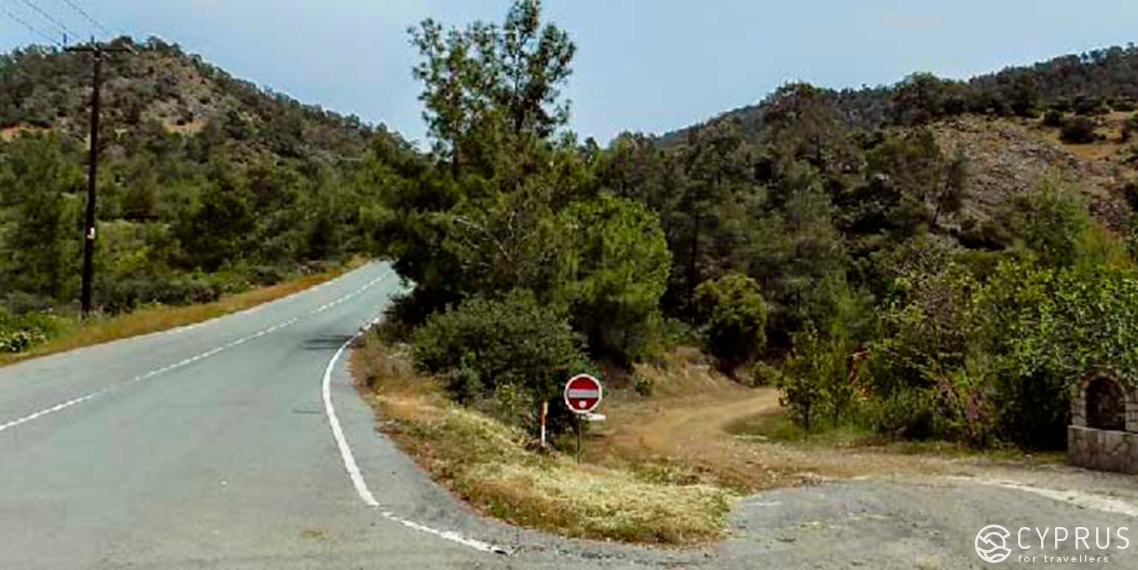
Our last — and the most unbelievable story is for real mystery lovers.
The trace of the Atlantis?
Robert Sarmast, a writer and a researcher from California, took Plato’s words about a legendary continent (Critias and Timaeus dialogues) very seriously.
Thanks to his truthfulness, the writer found out that the descriptions of the Atlantis has at least 50 existing confirmations (such as, for example, a recently discovered underwater landscape and the remains of what could have been a magnificent city not far from the Cyprus shelf).
Robert Sarmast is the author of Discovery of Atlantis: The Startling Case for the Island of Cyprus (2013), the book, in which he describes the proofs of his theory that Cyprus used to be part of the Atlantis — more specifically, the peak of the mountain continent. Sarmast’s research is based on 3D-modeling of the seabed North-West of the island. After the book was published, he continued his research and participated in several expeditions aimed at finding more proofs.
Some scientists tend to approve this hypothesis: it’s true that the absence of sunlight, and underflows, the lack of warmth and oxygen — all the elements that could have destroyed the ancient ruins — made it possible for the Atlantis to be waiting to be rediscovered...you can imagine stone buildings, city walls, and the framework of gigantic constructions mentioned by Plato.
Robert Sarmast dedicated 15 years of his life to the research of the Atlantis. Another beautiful theory he has is that the legendary continent and the canonical Garden of Eden are, in fact, the same place.
It is worth mentioning that Sarmast was a winner of the International ArtiglioAward and was given scientific scholarships provided by the government of Cyprus.
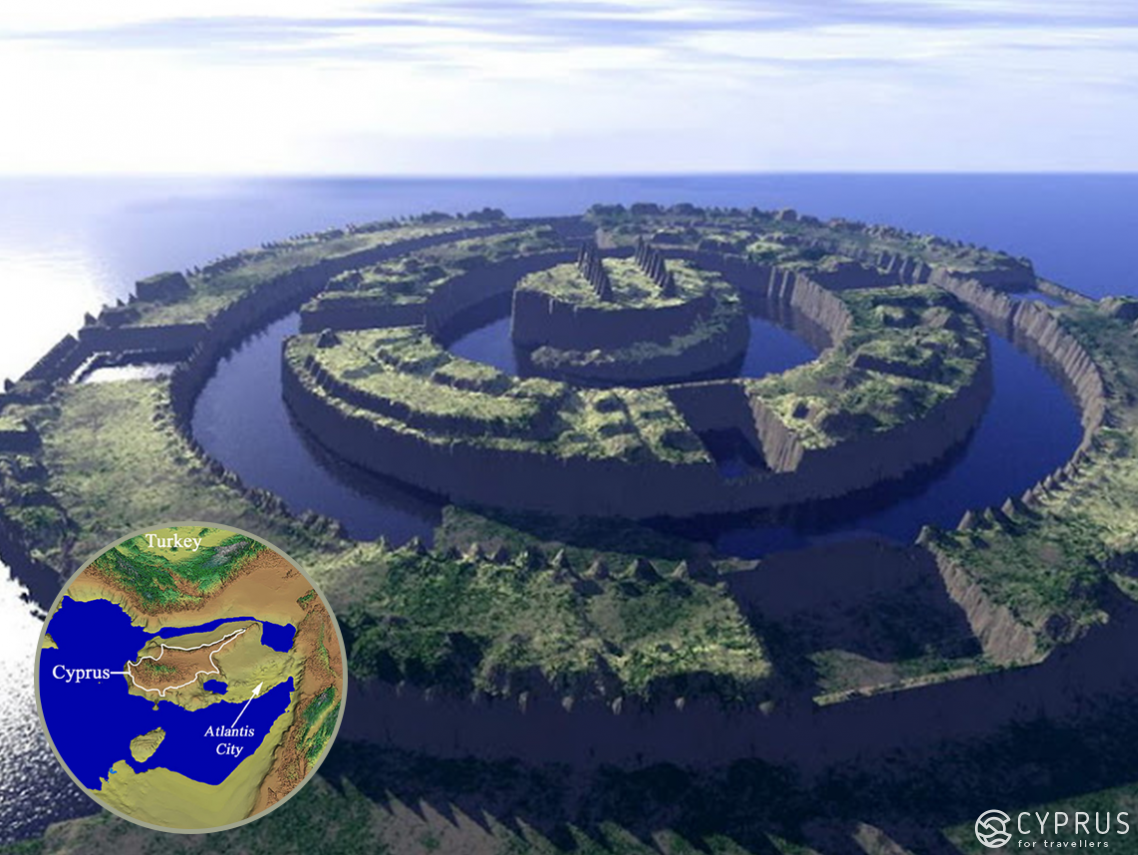
Stay with us and see you soon!

